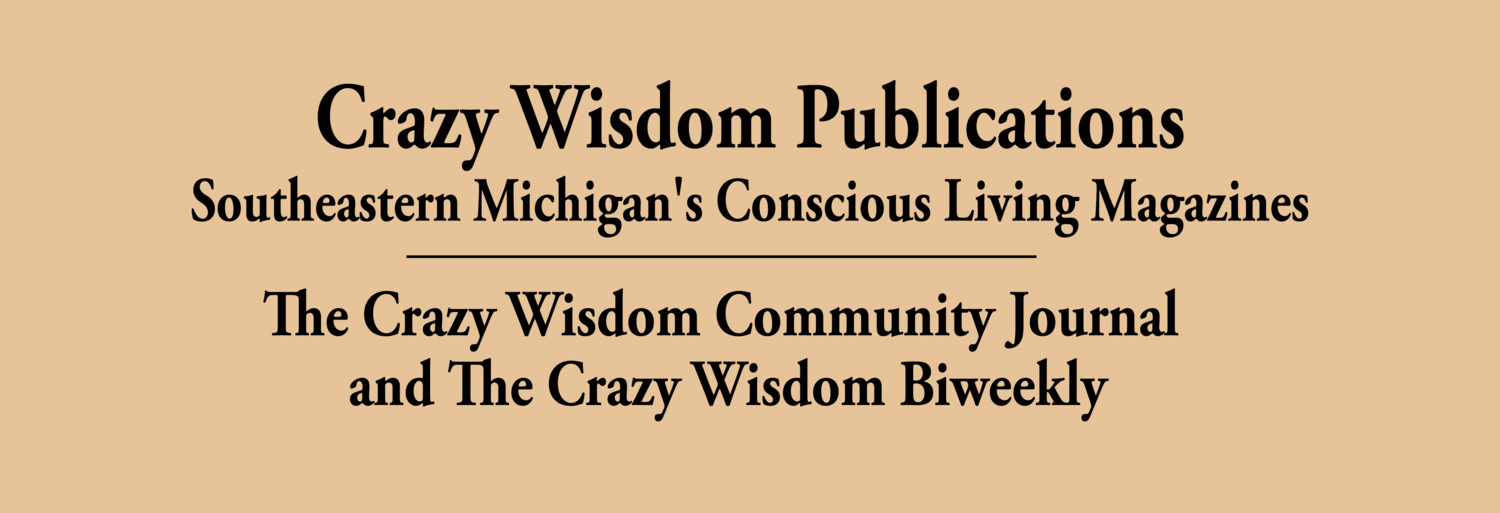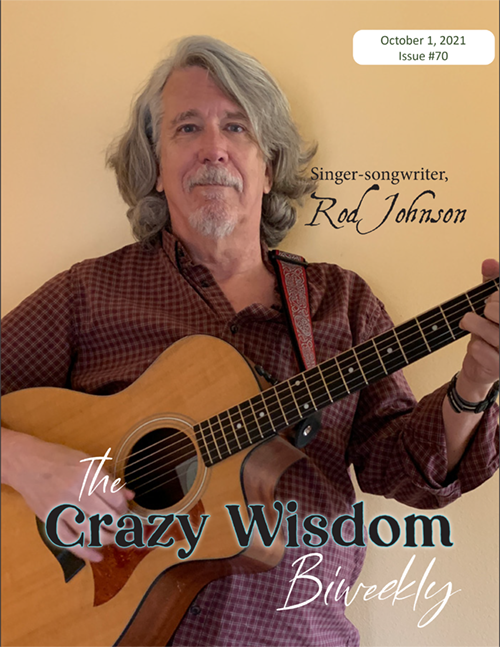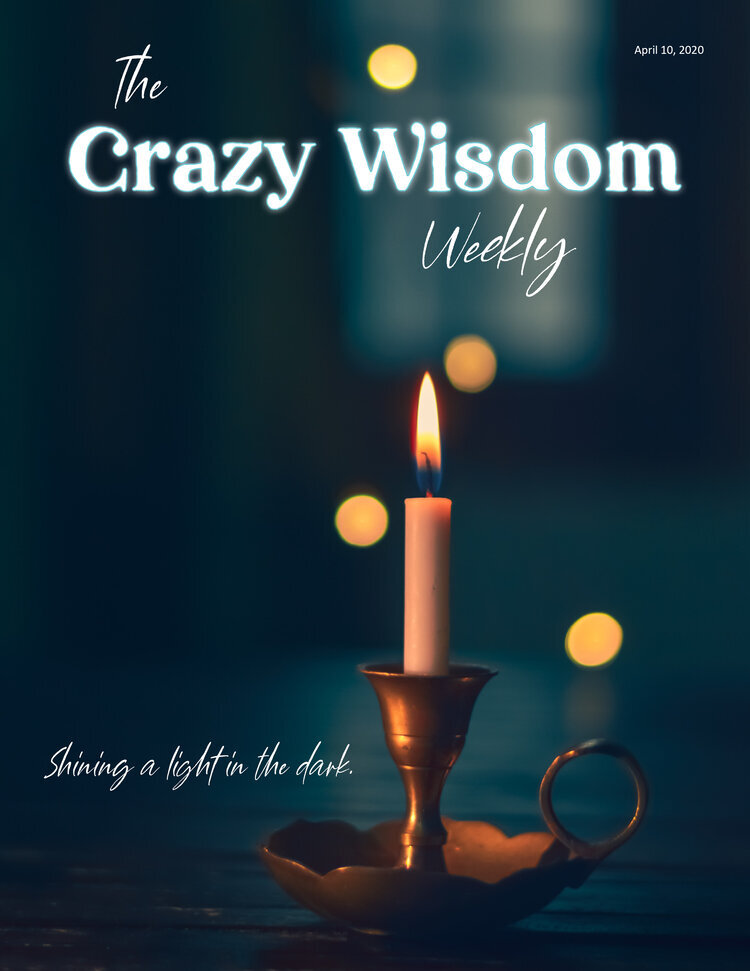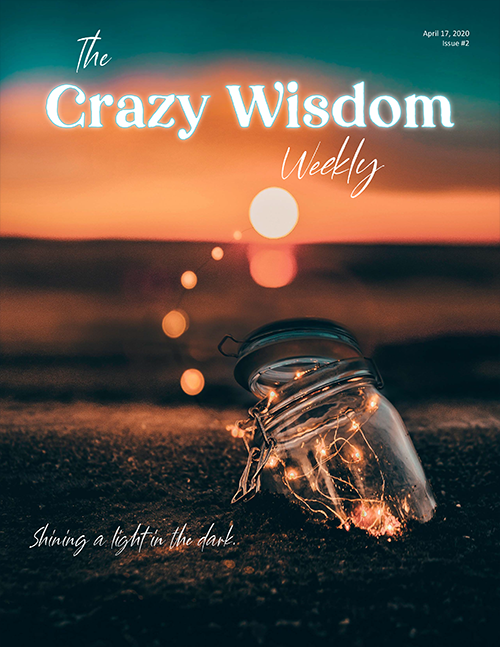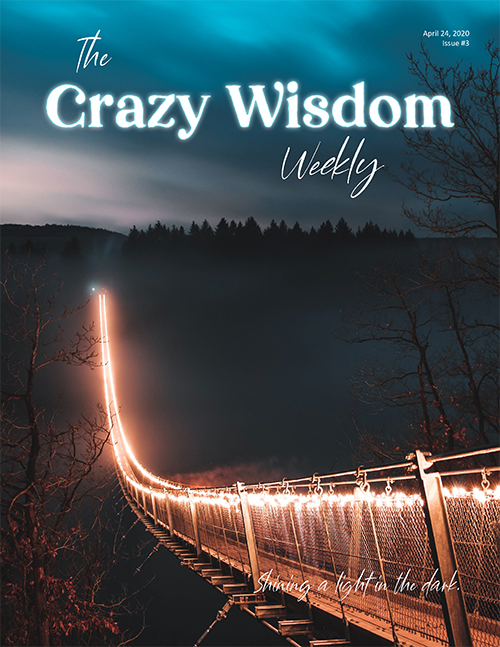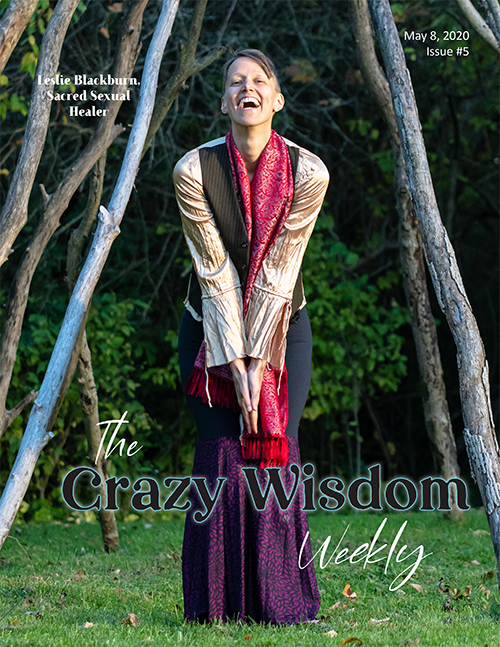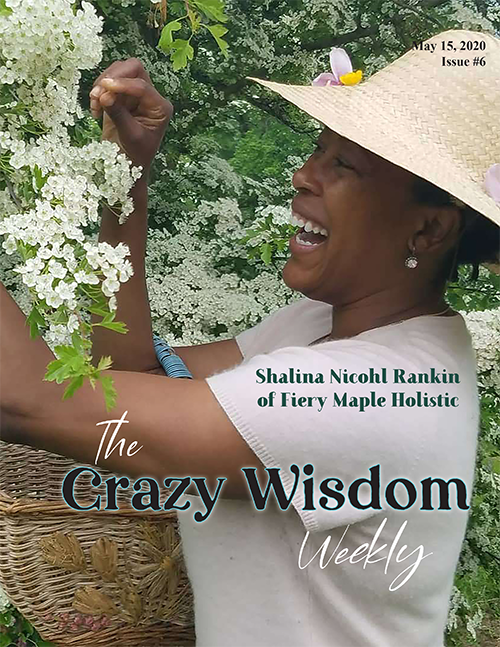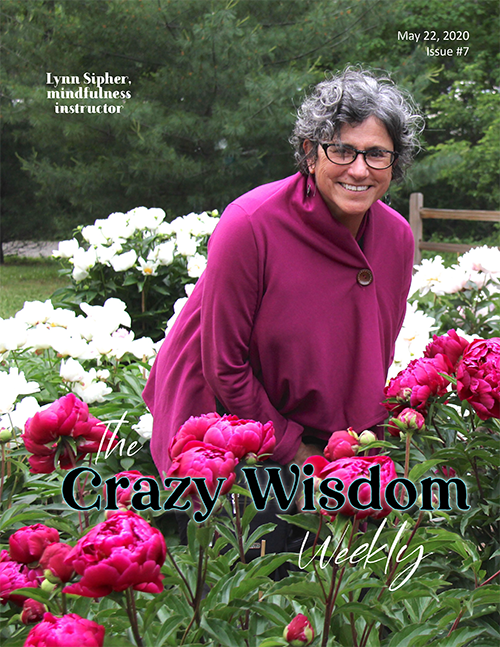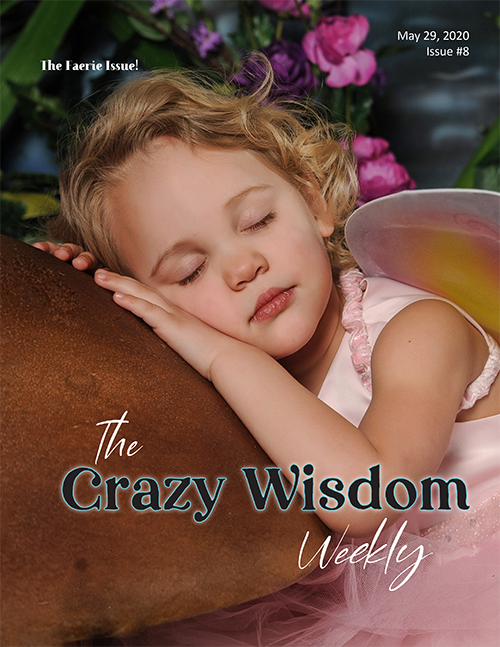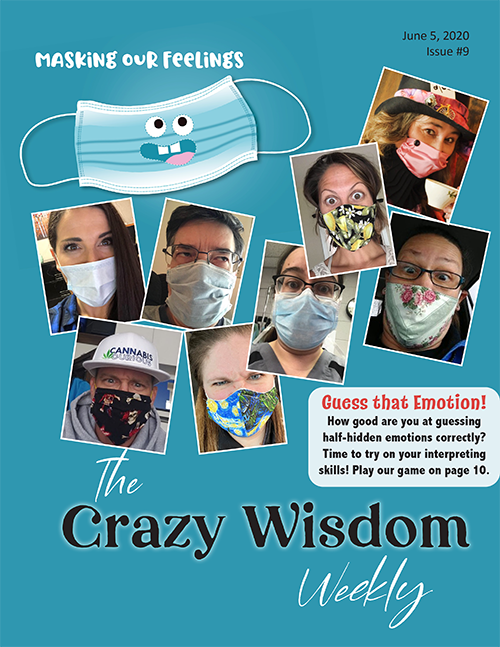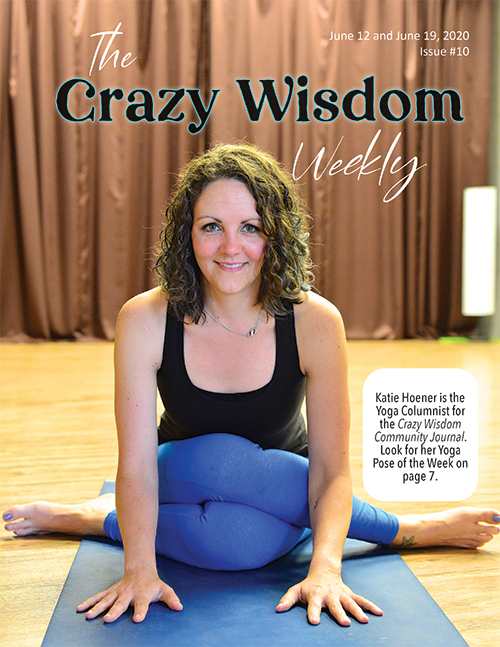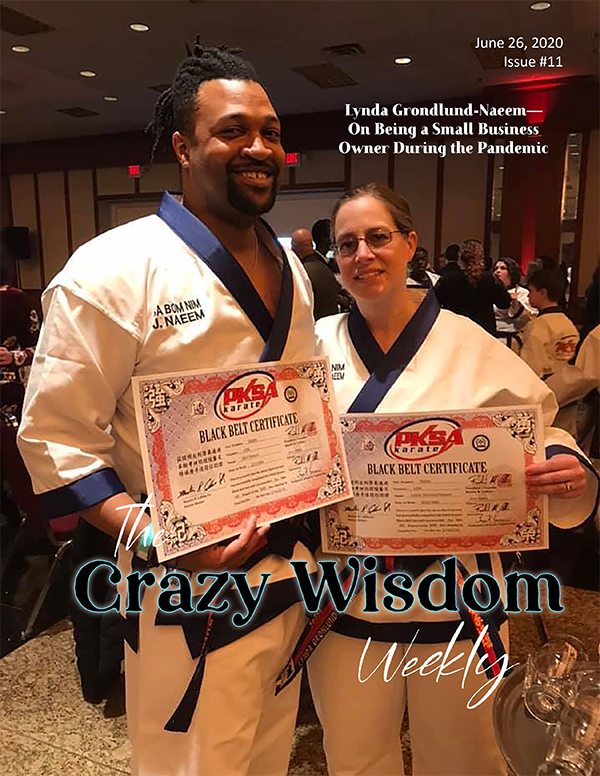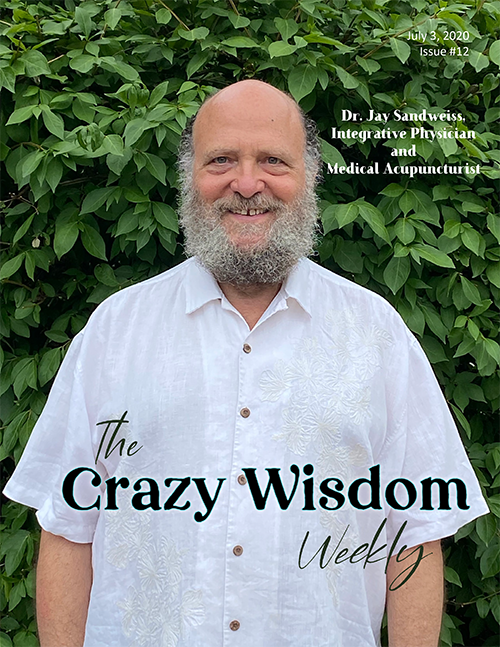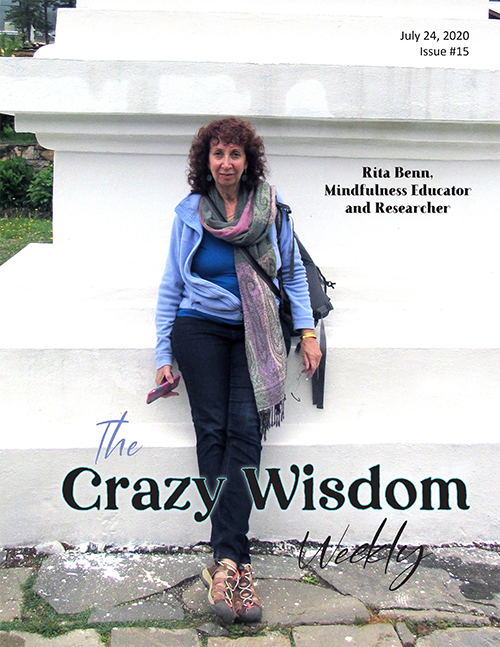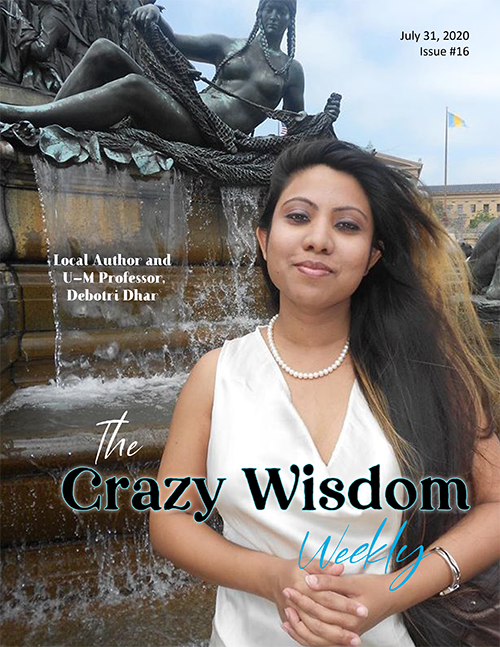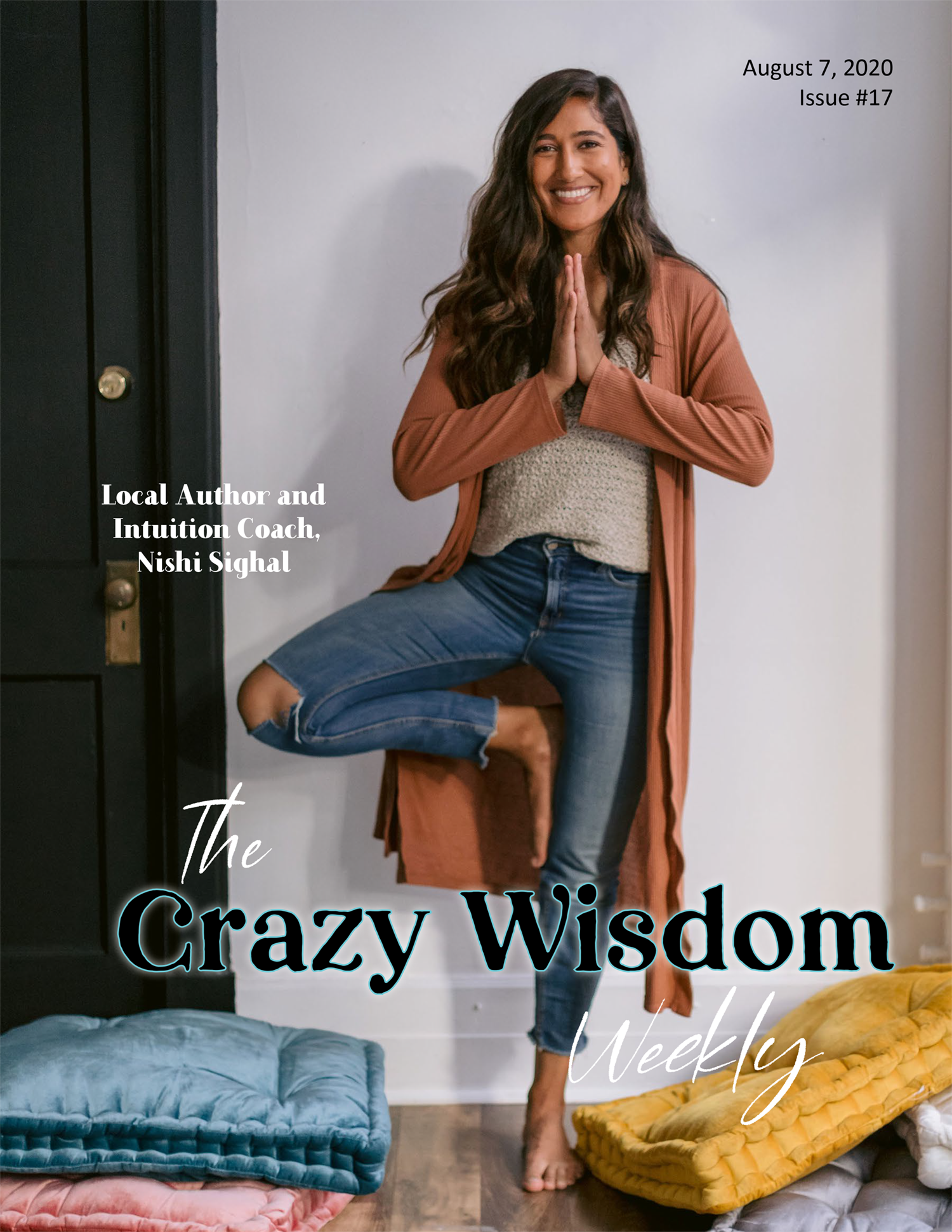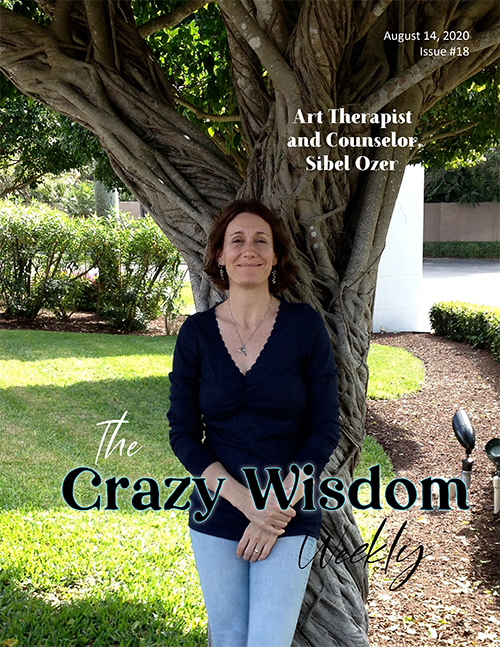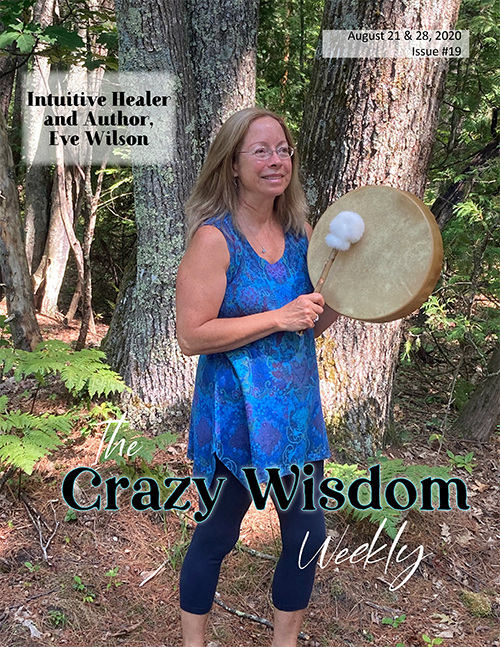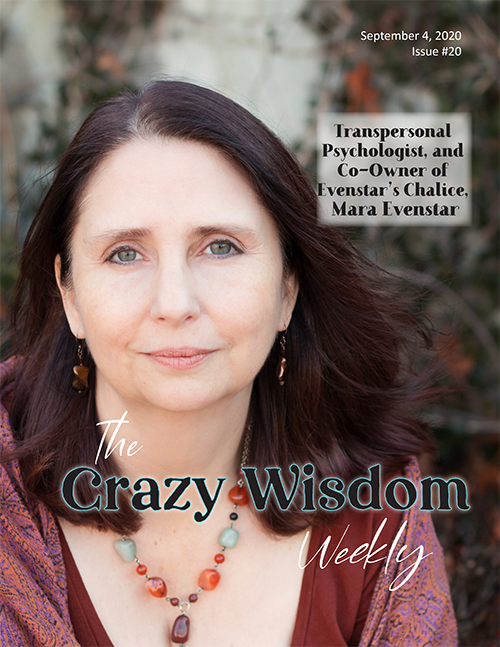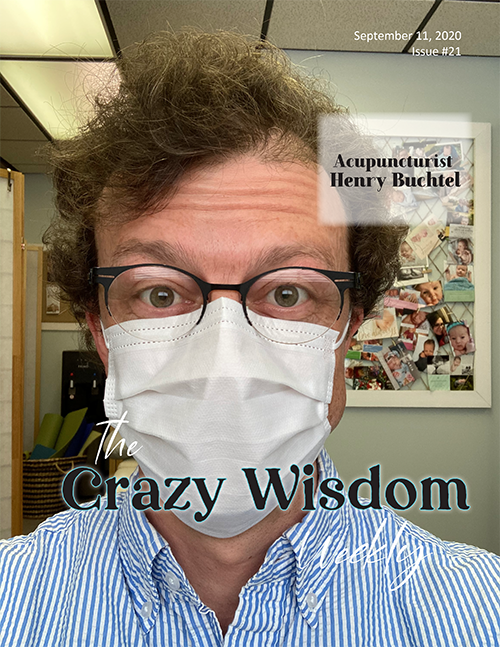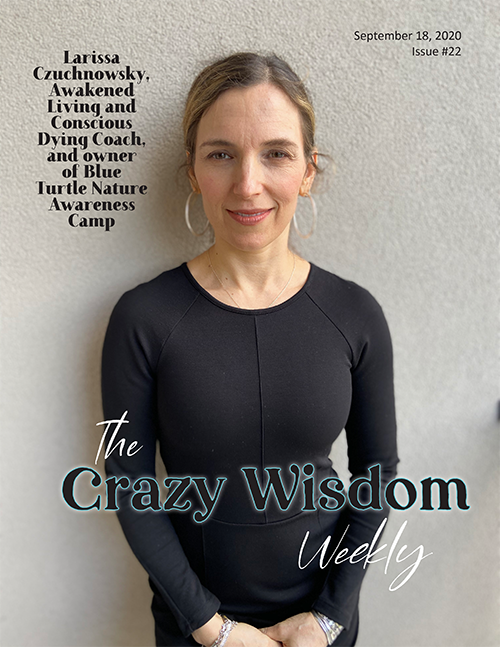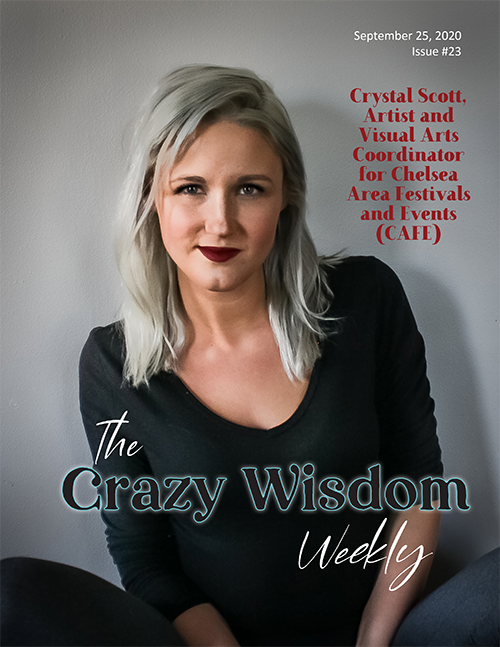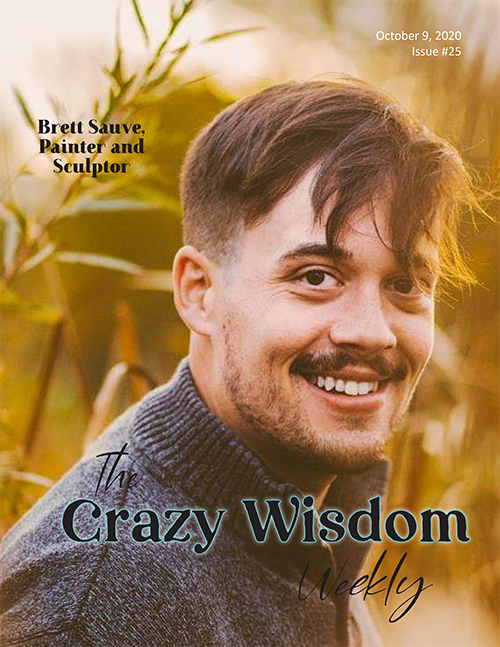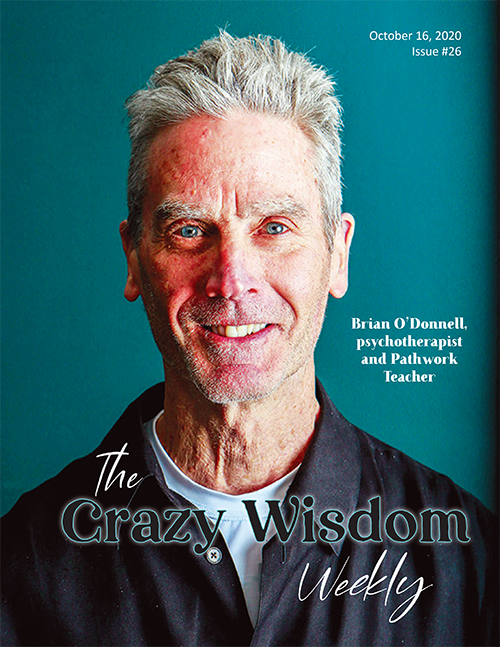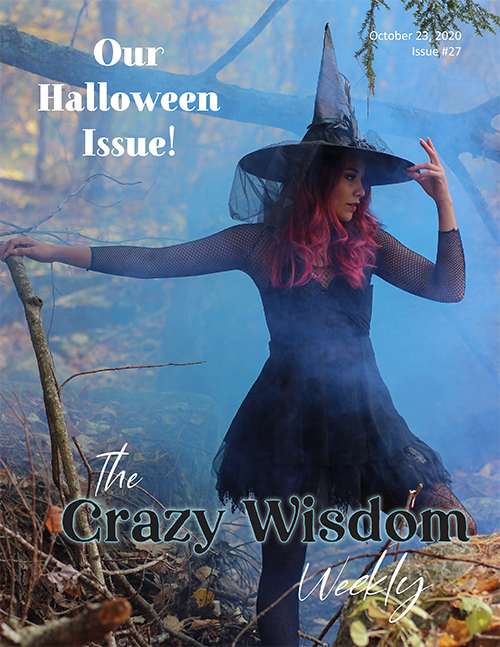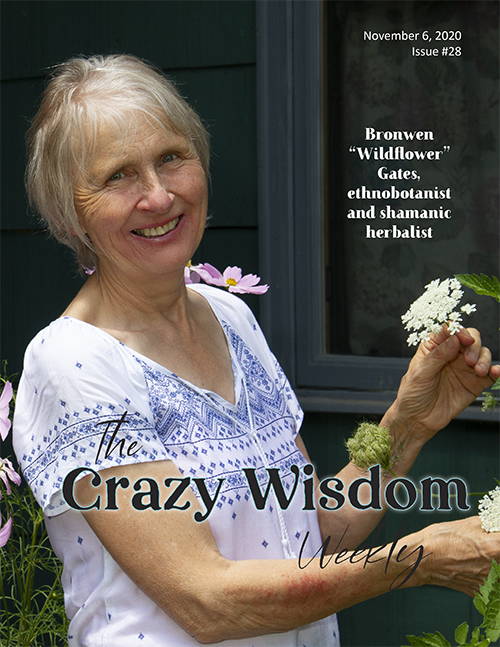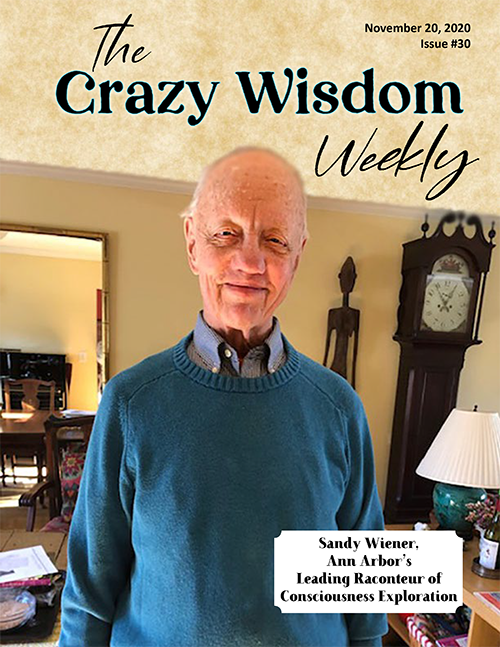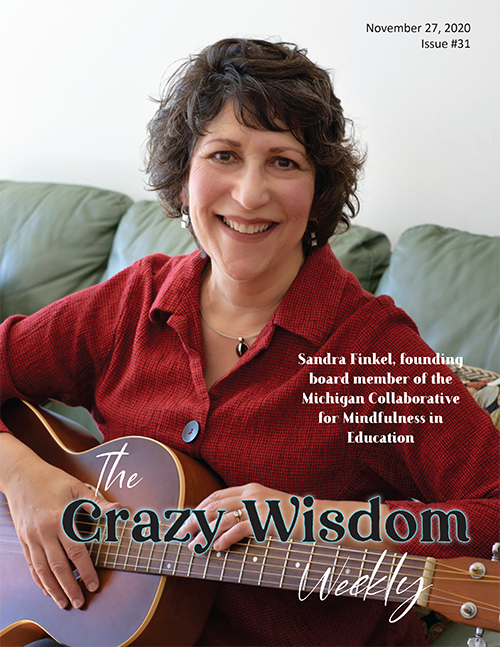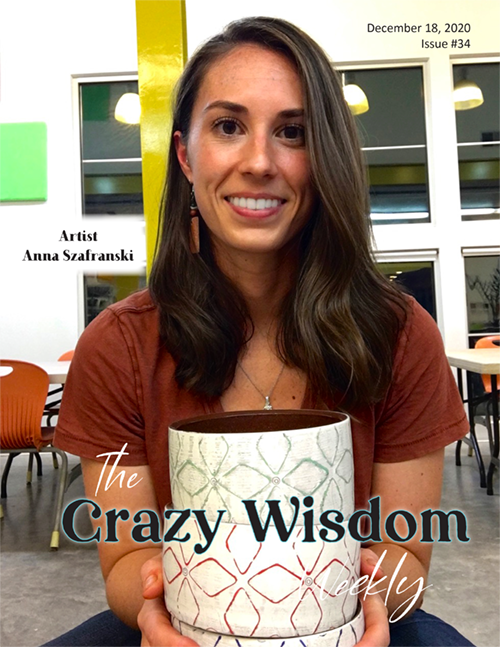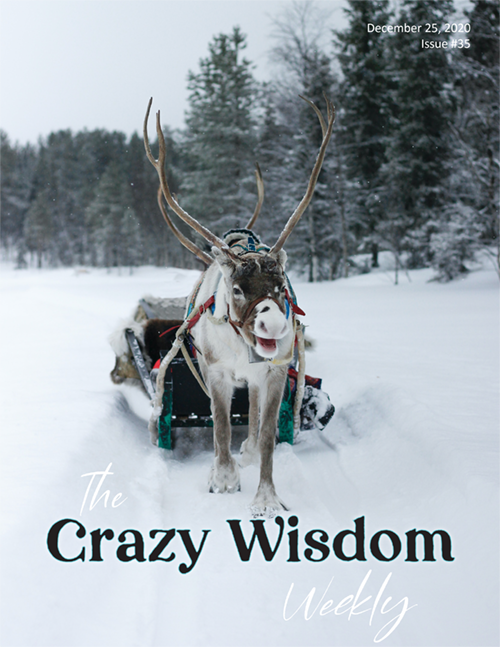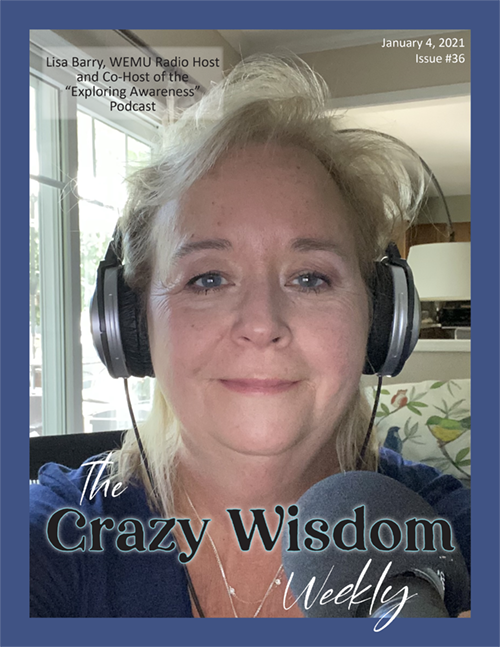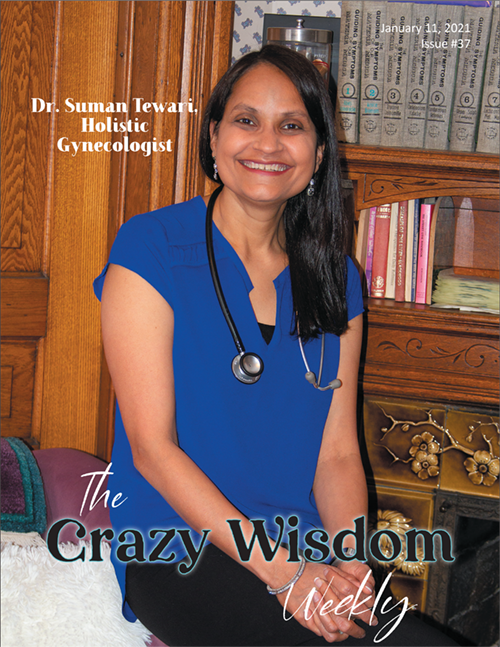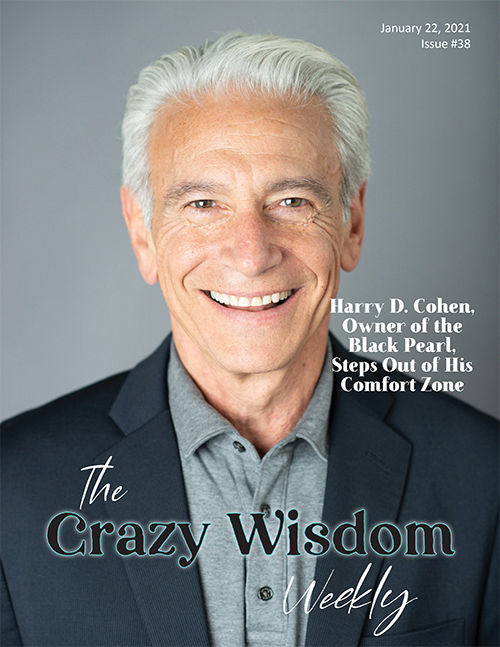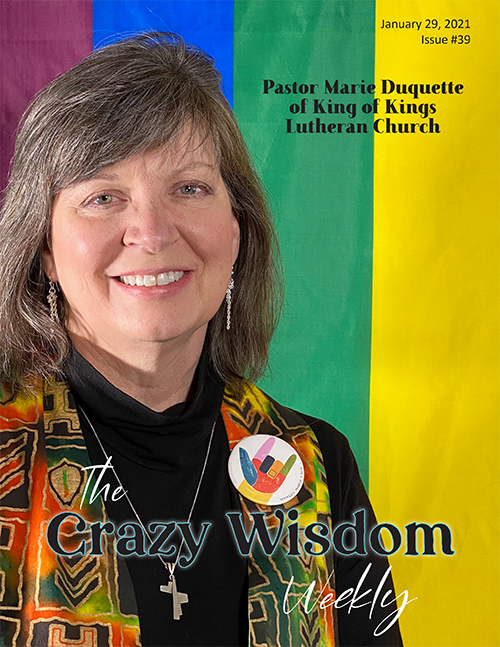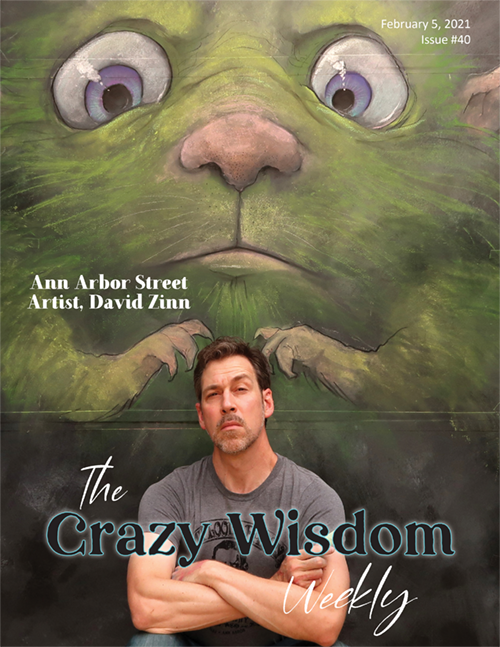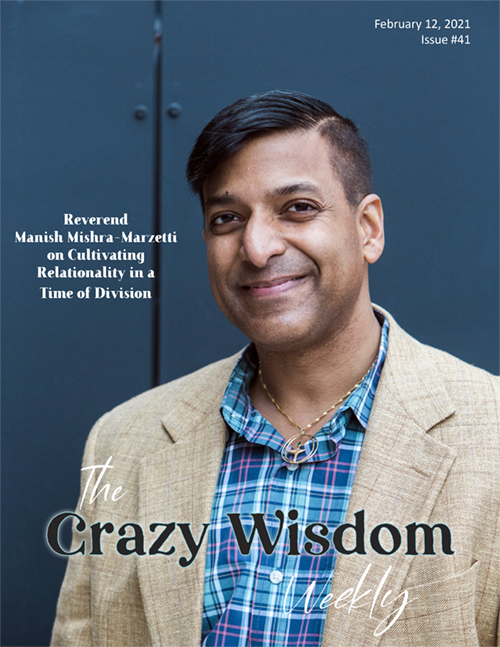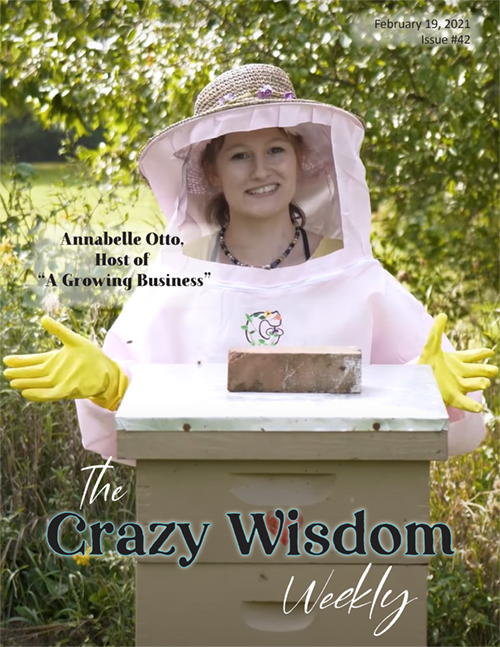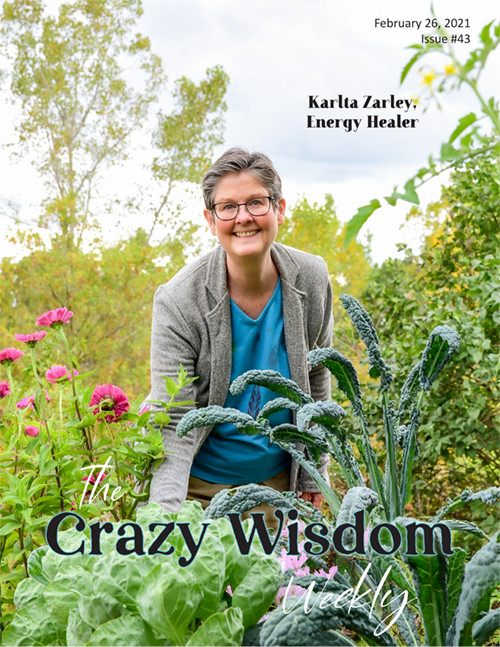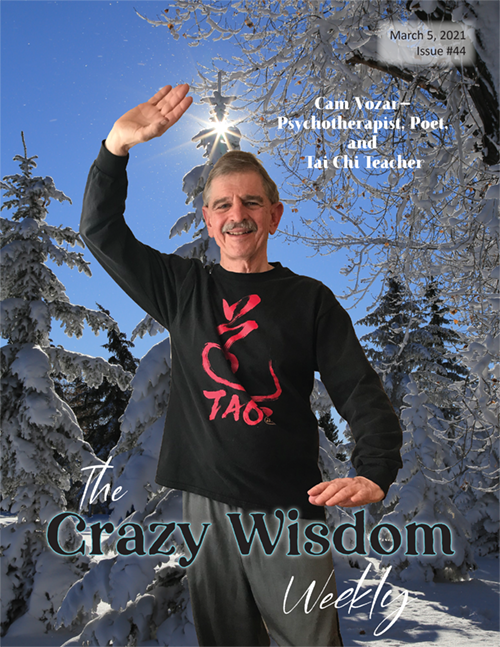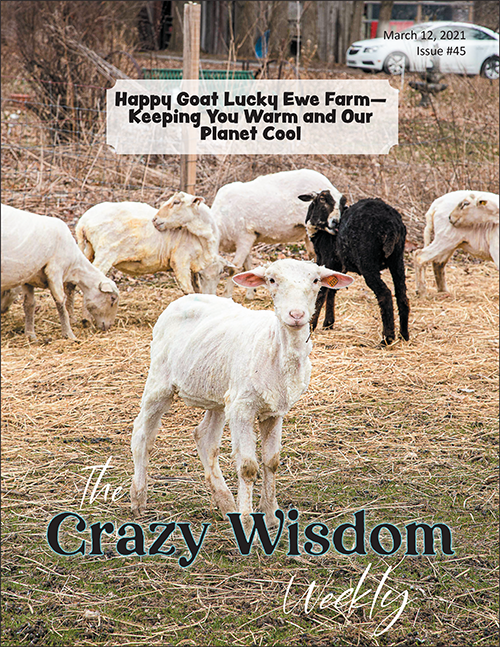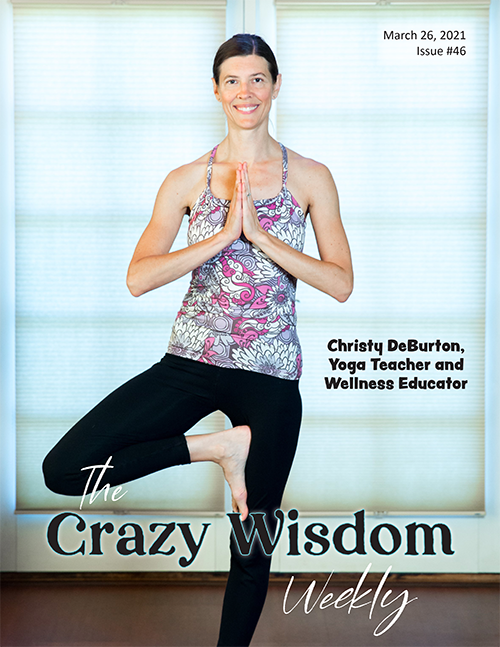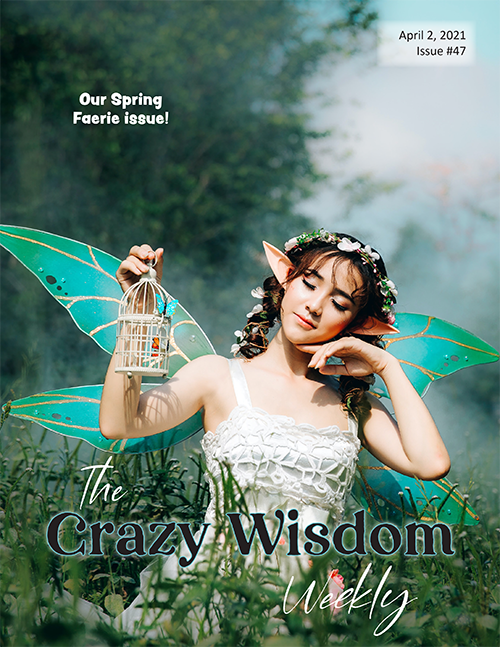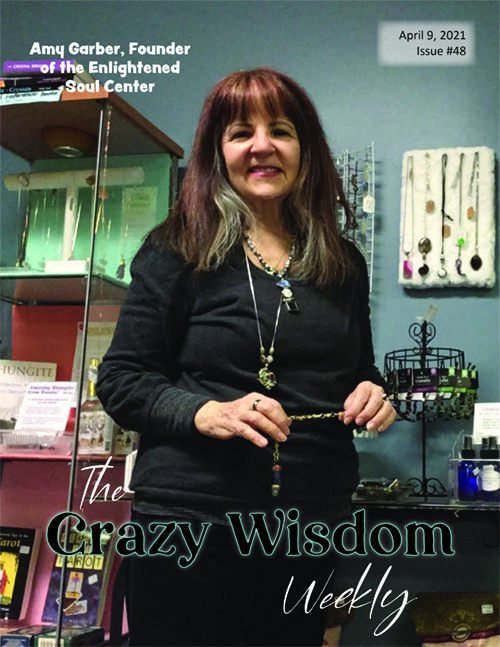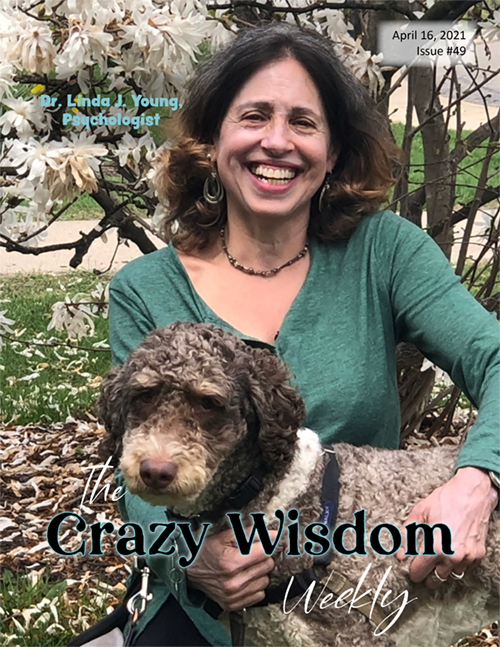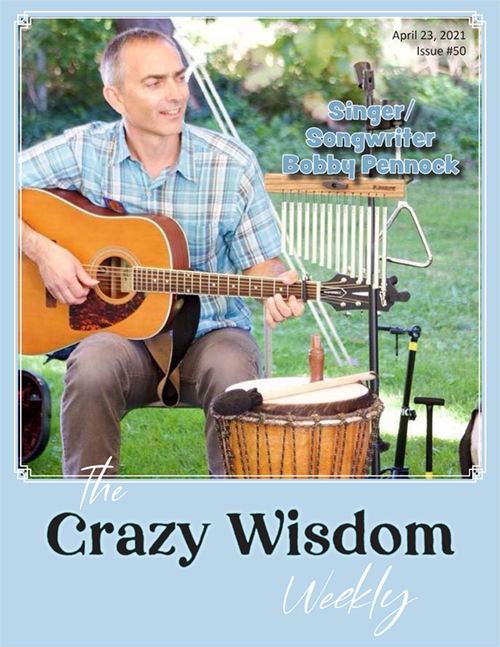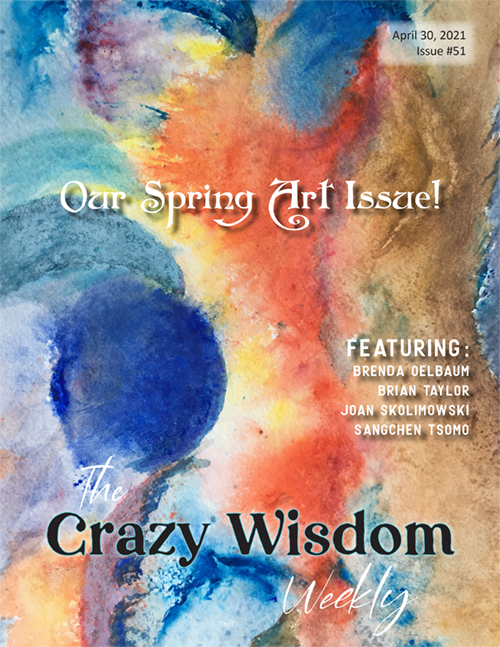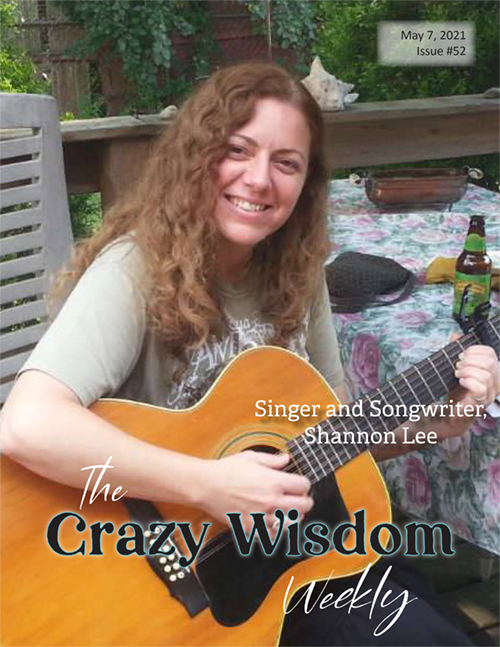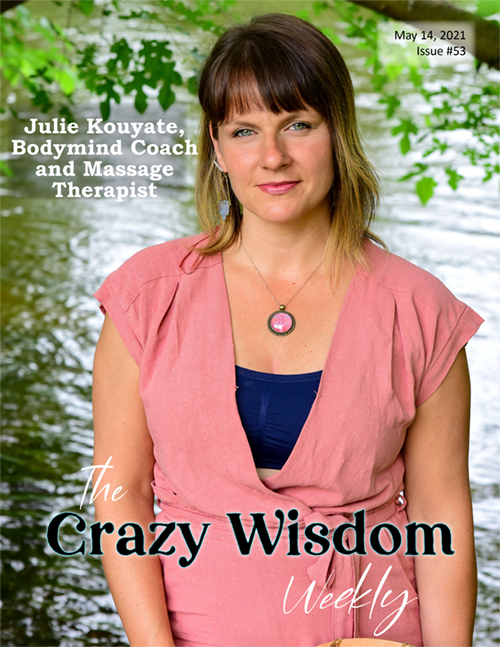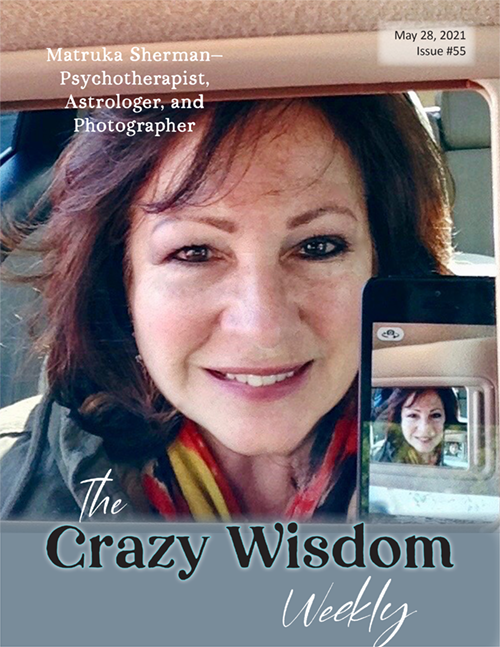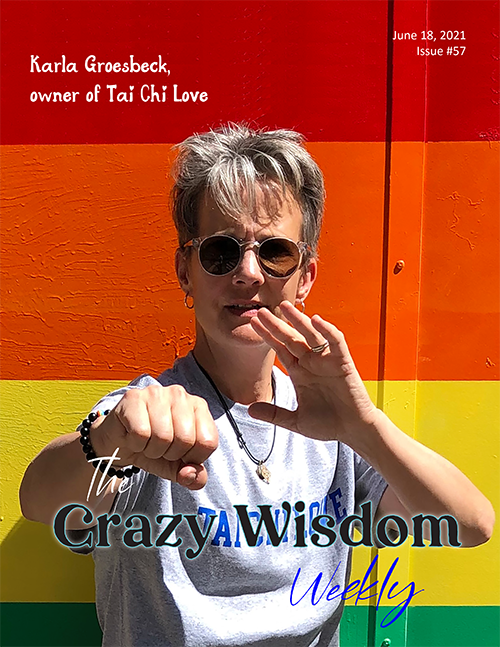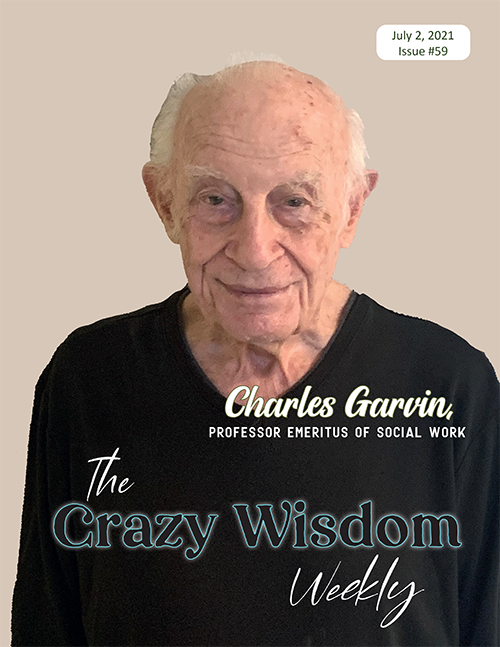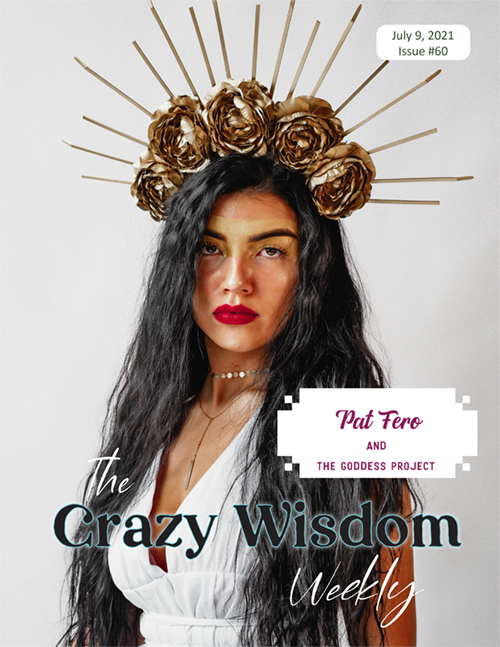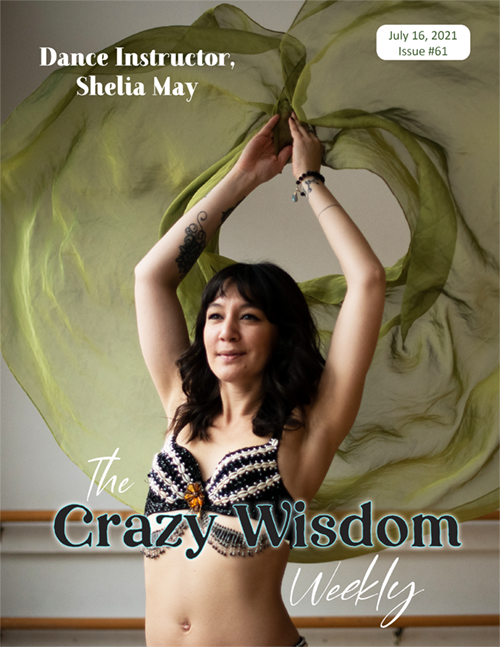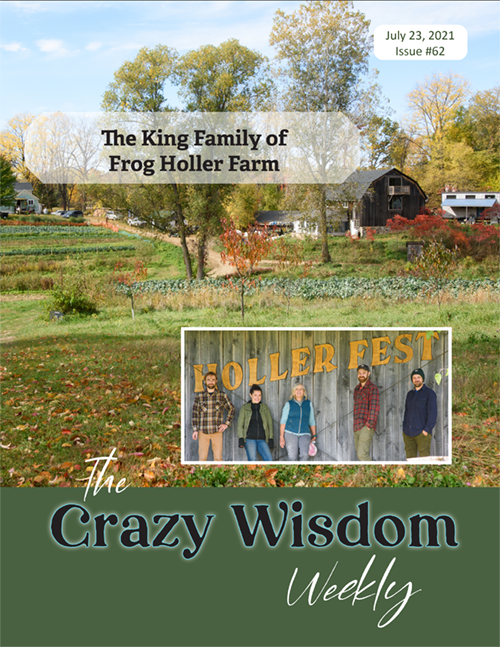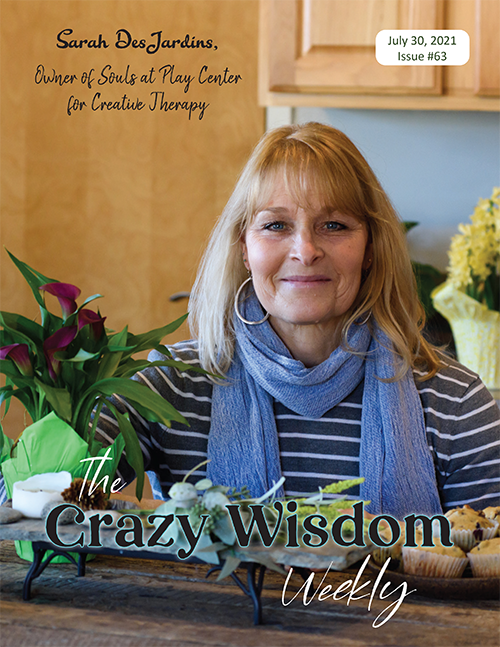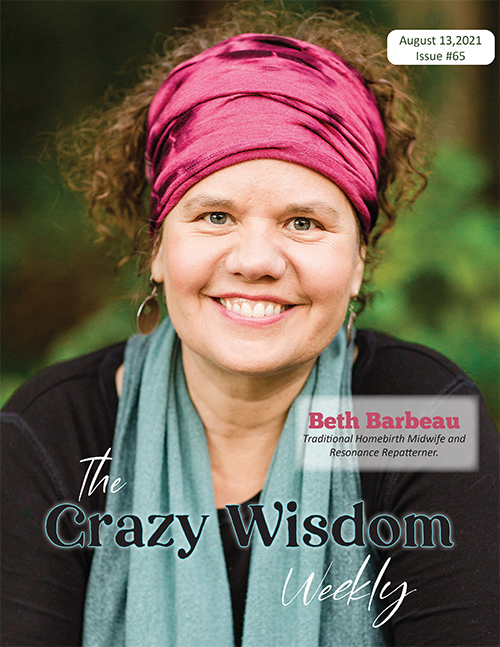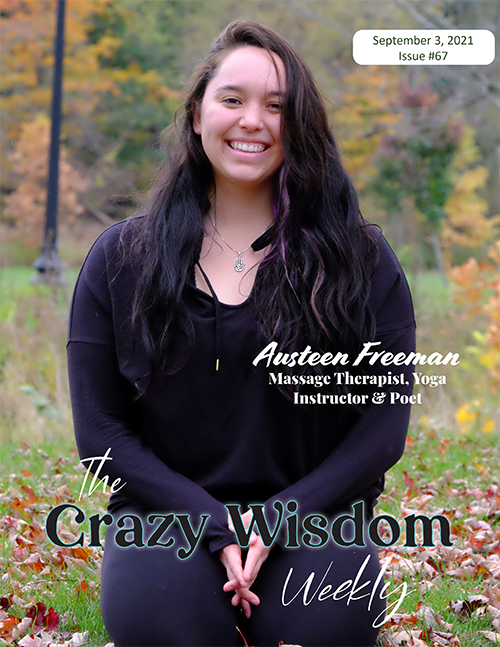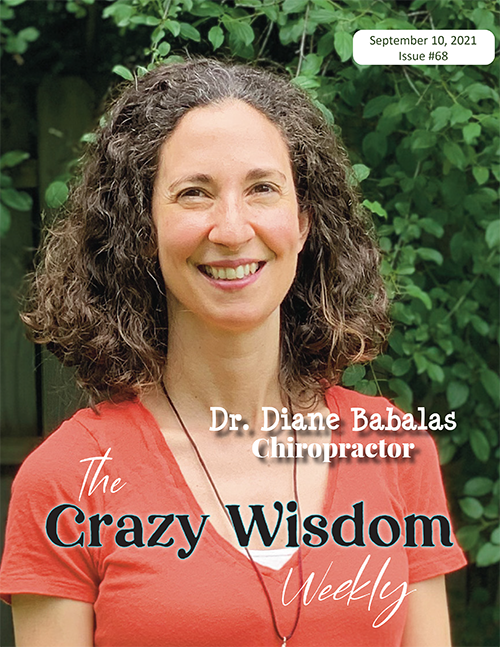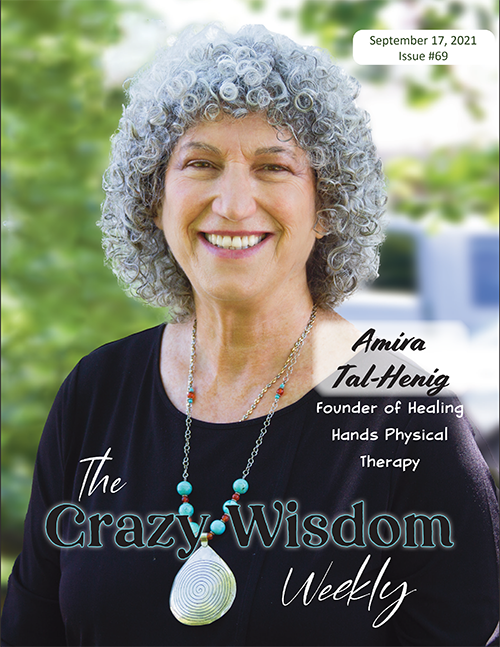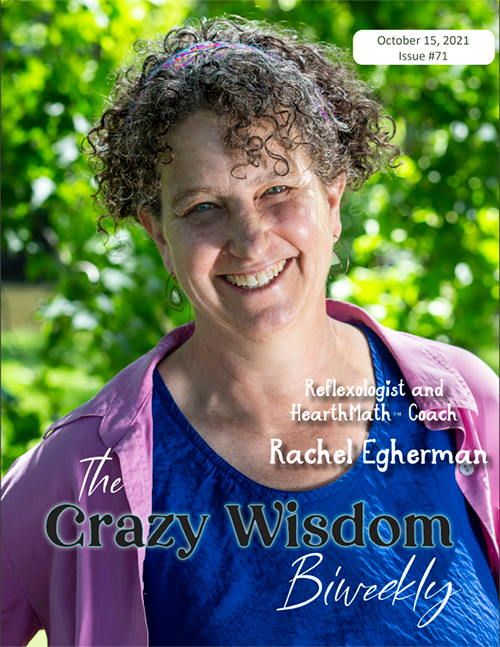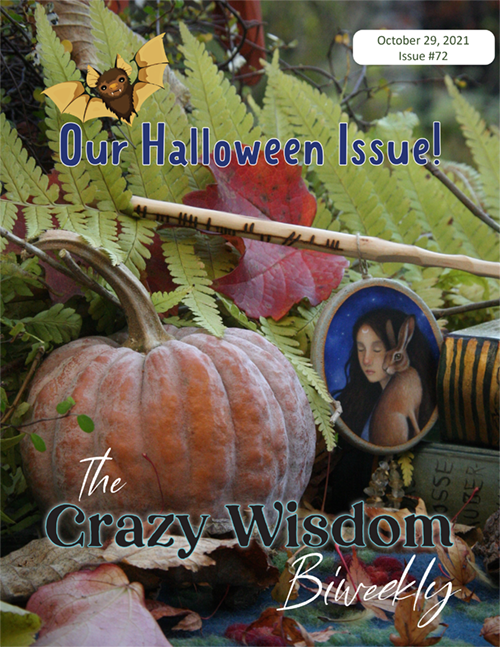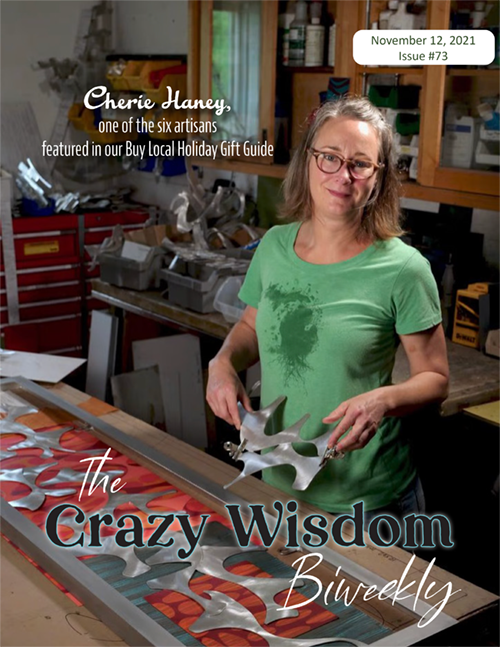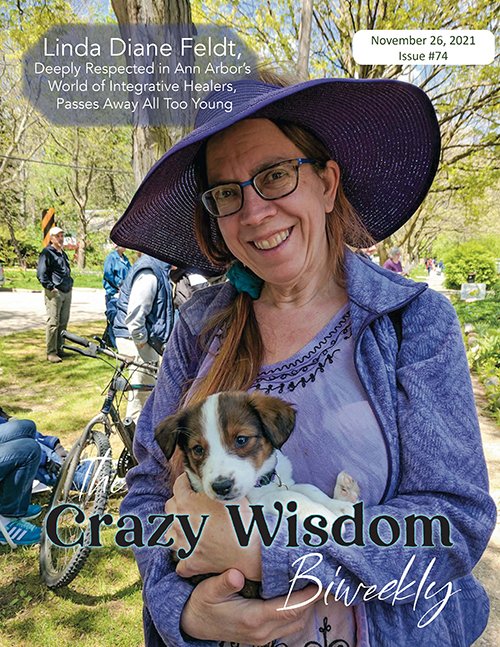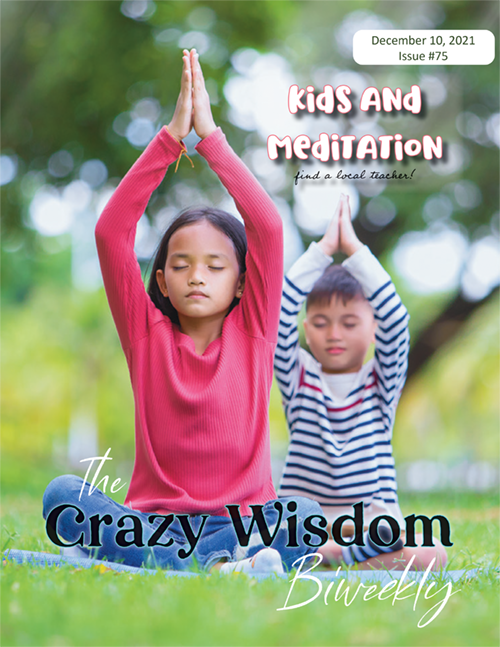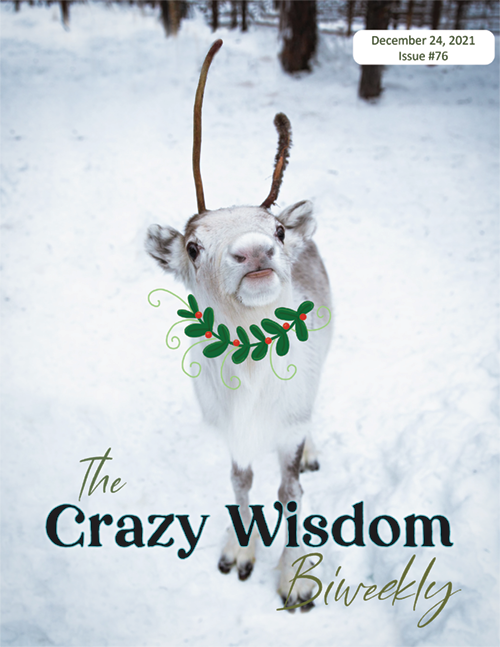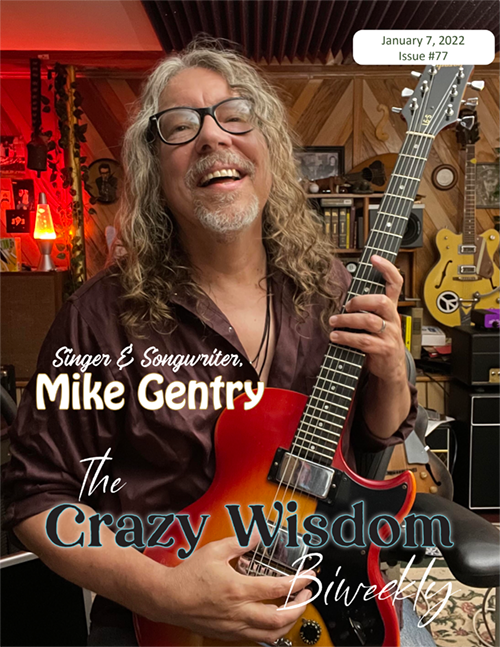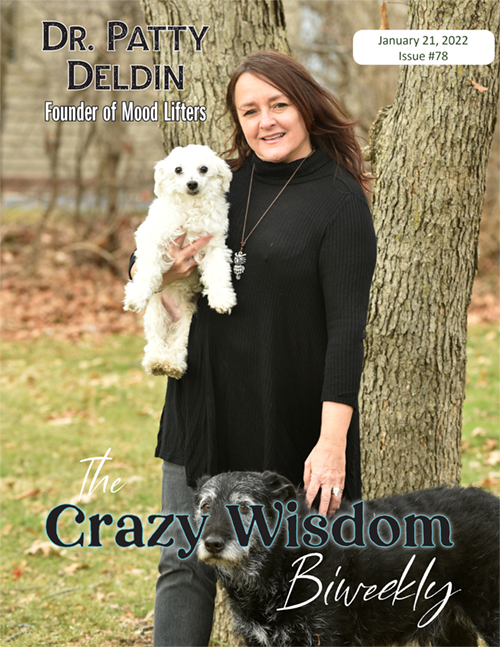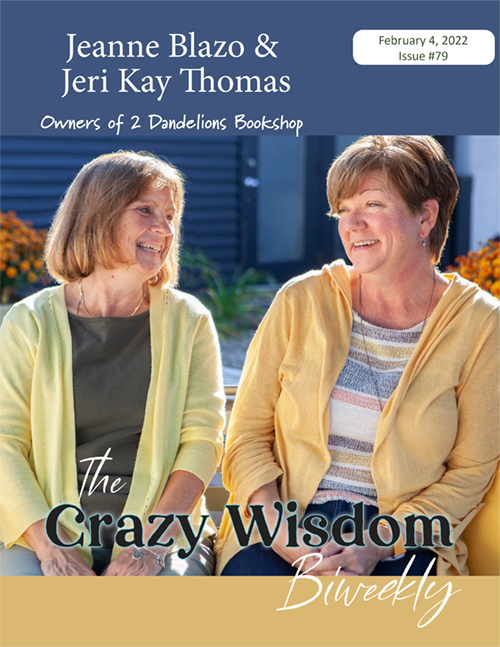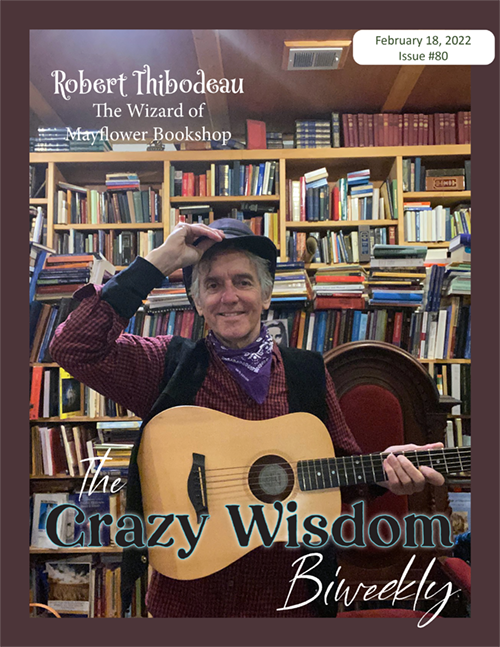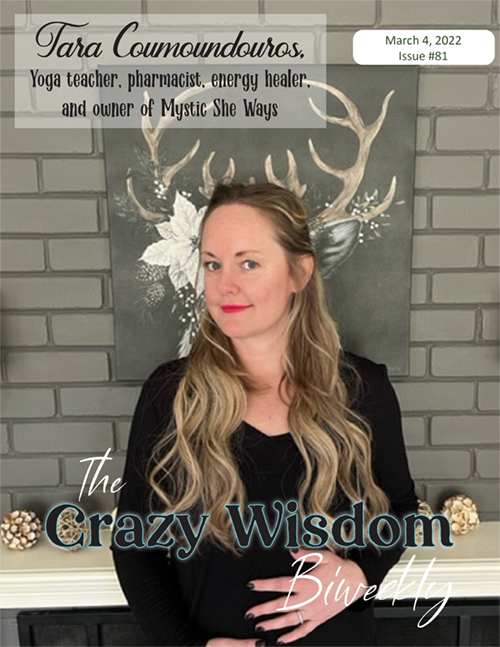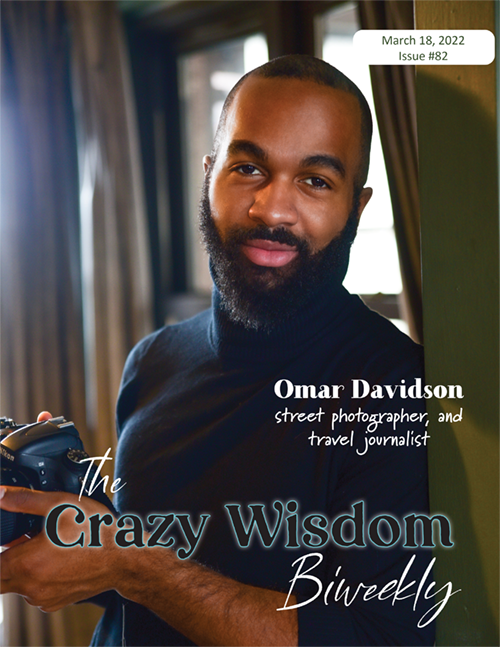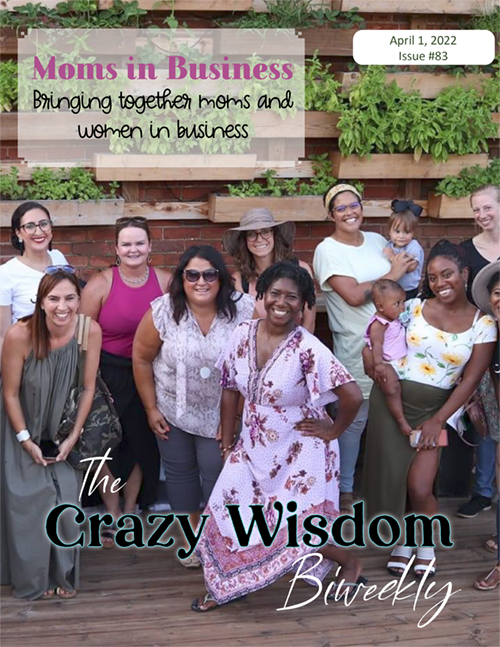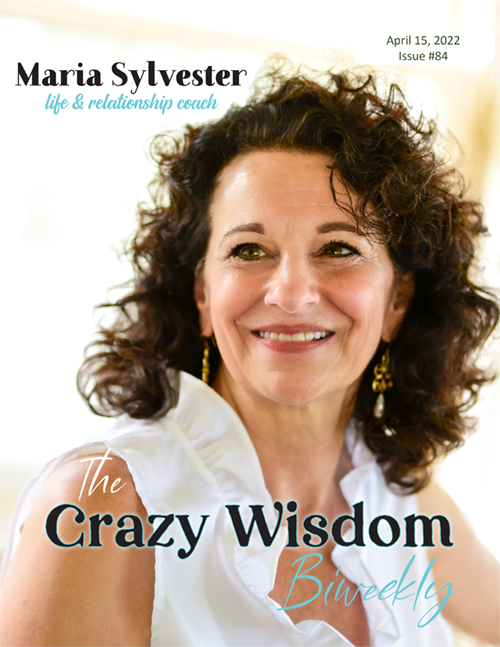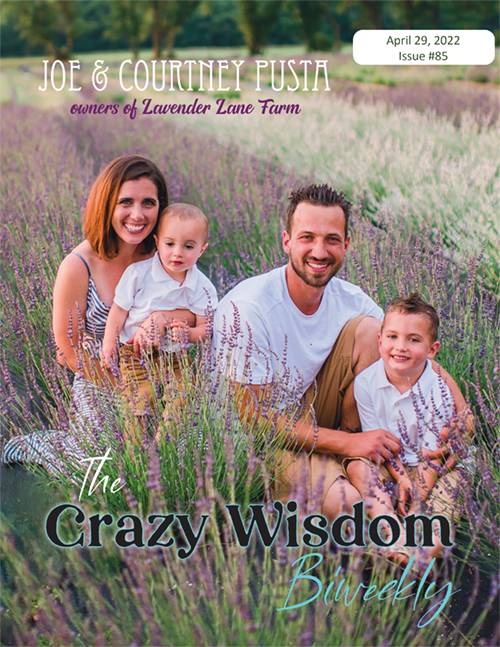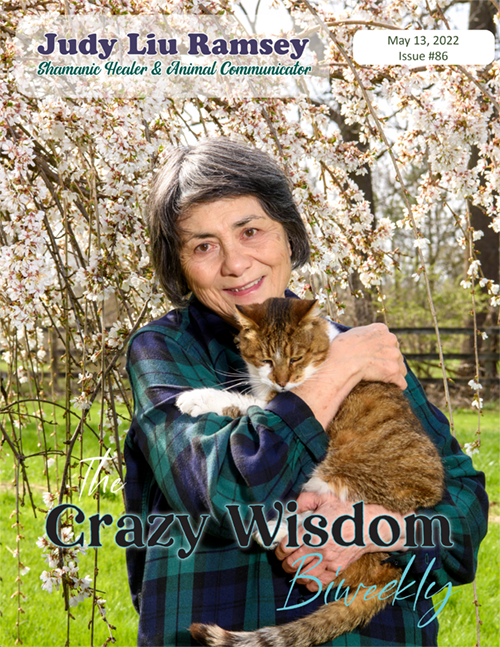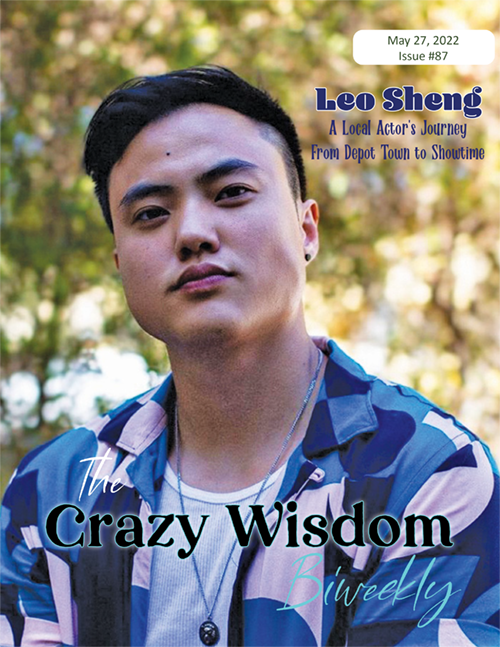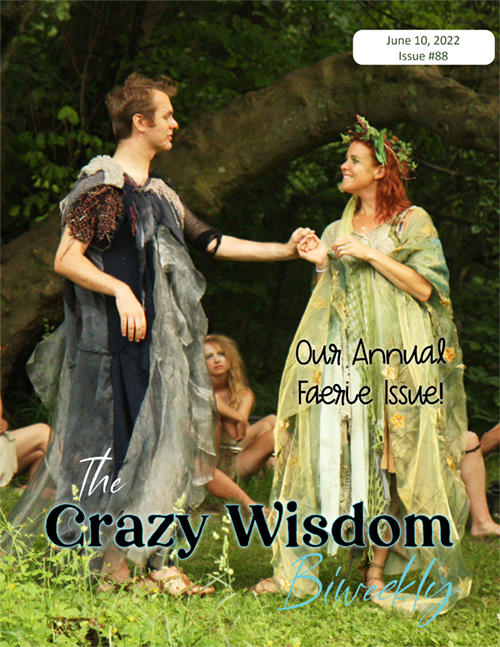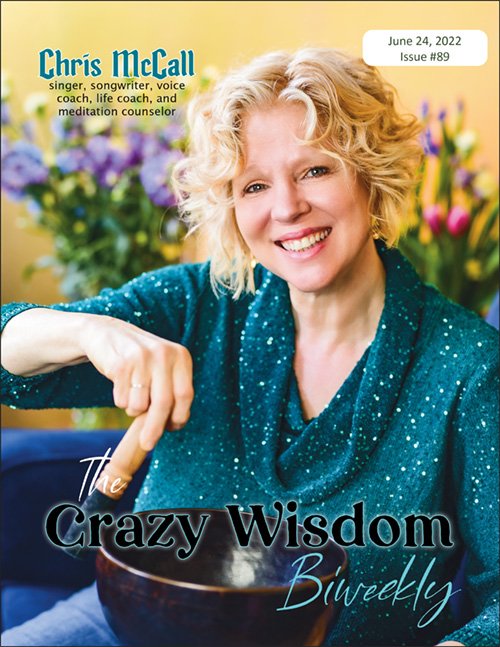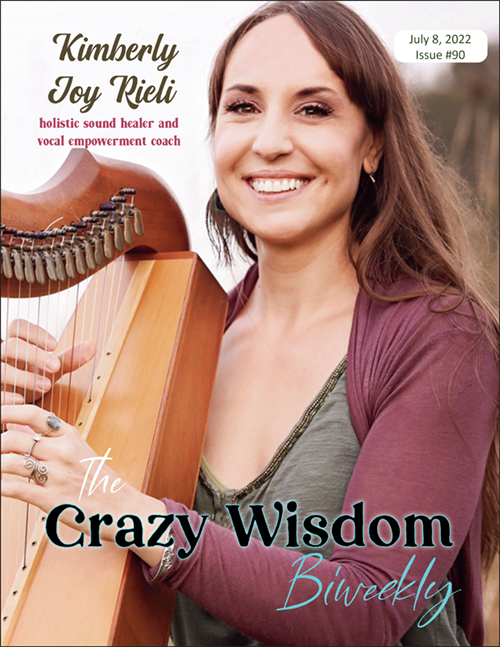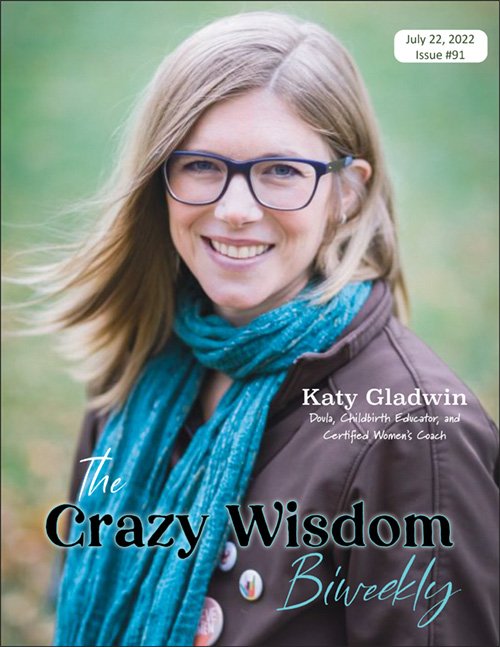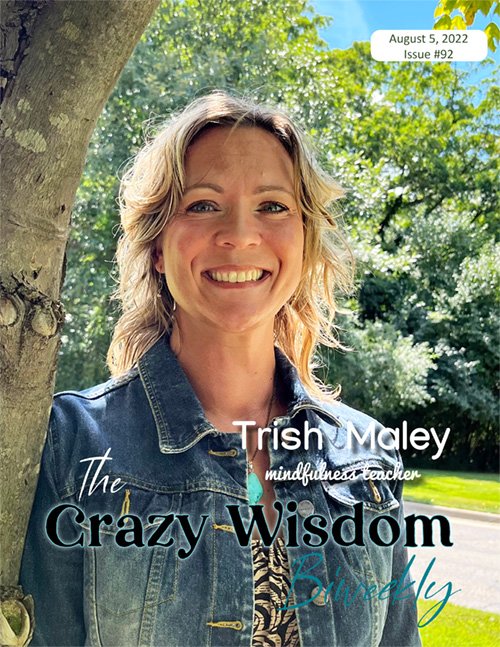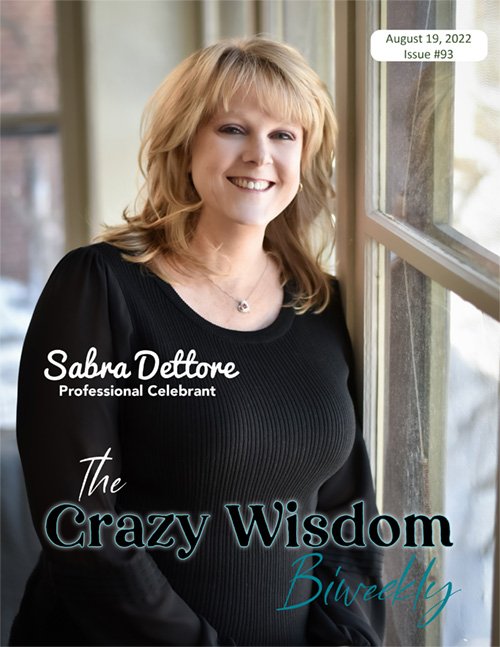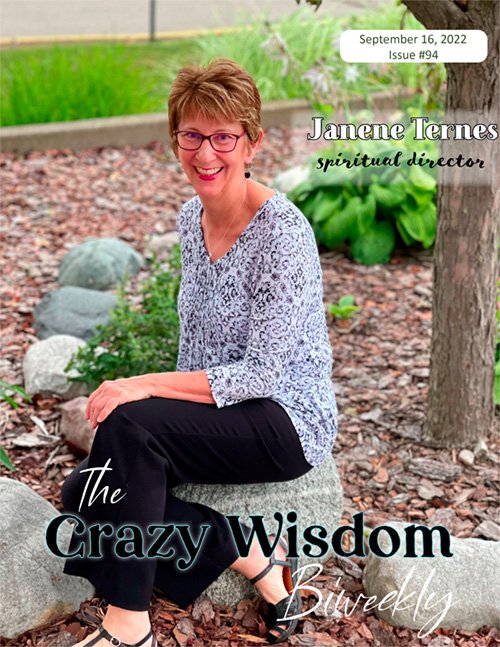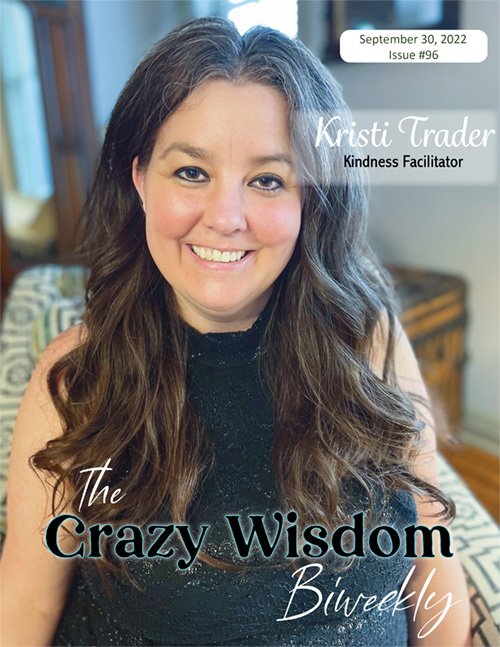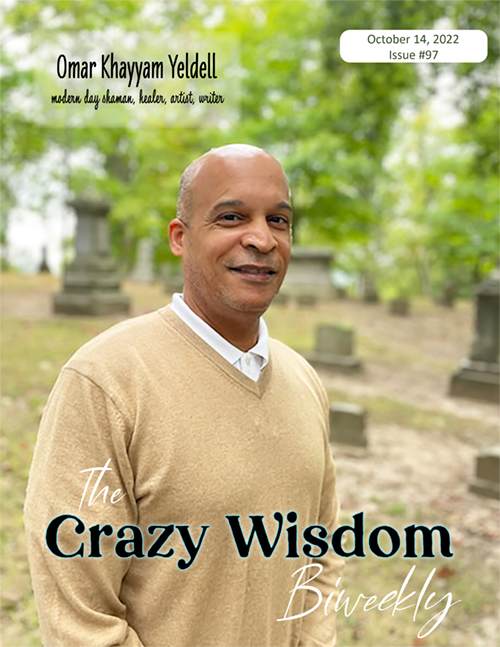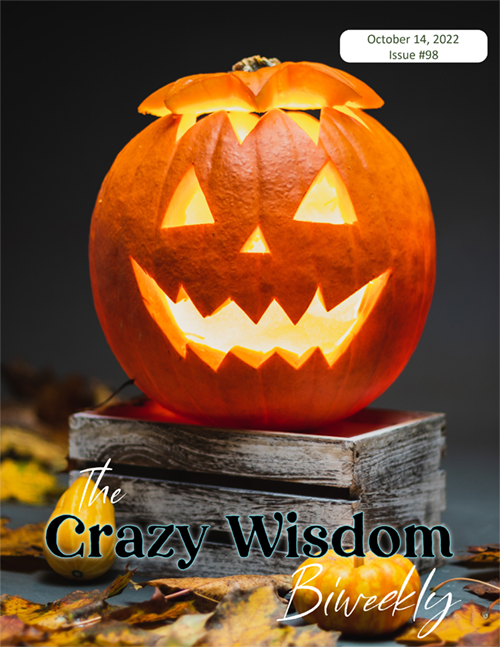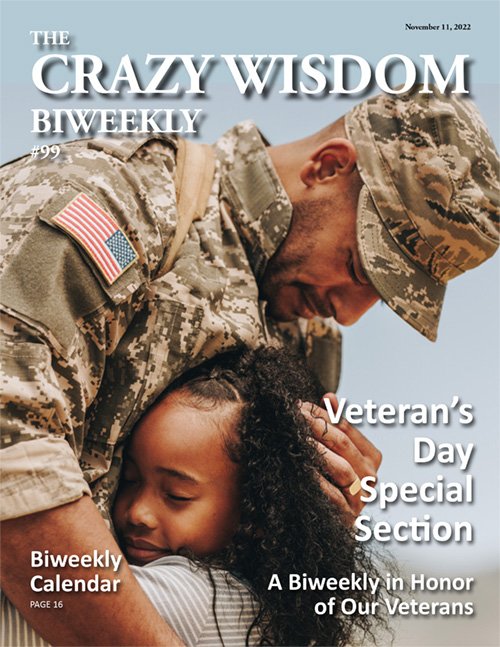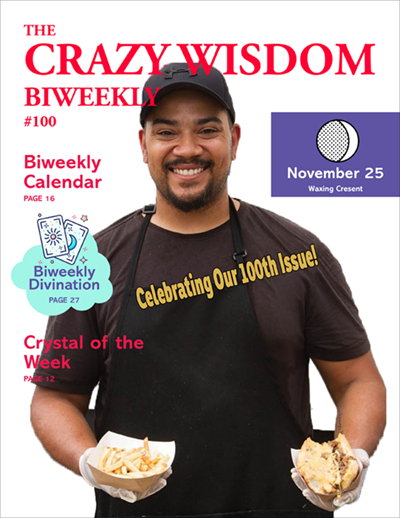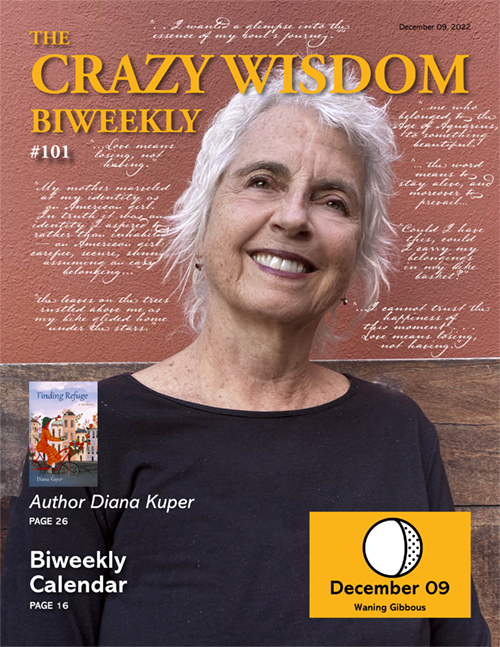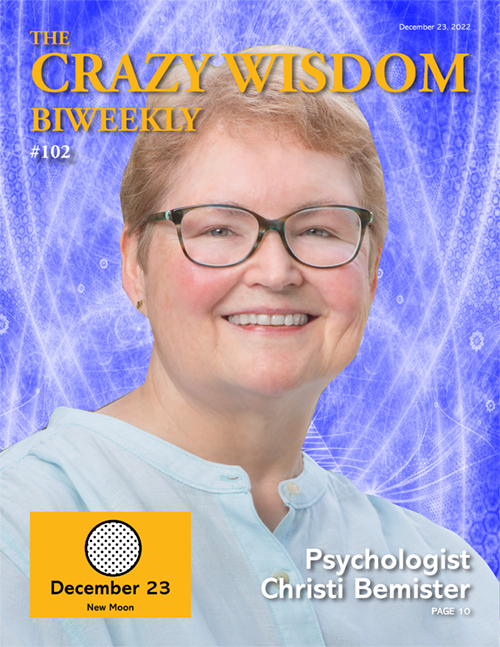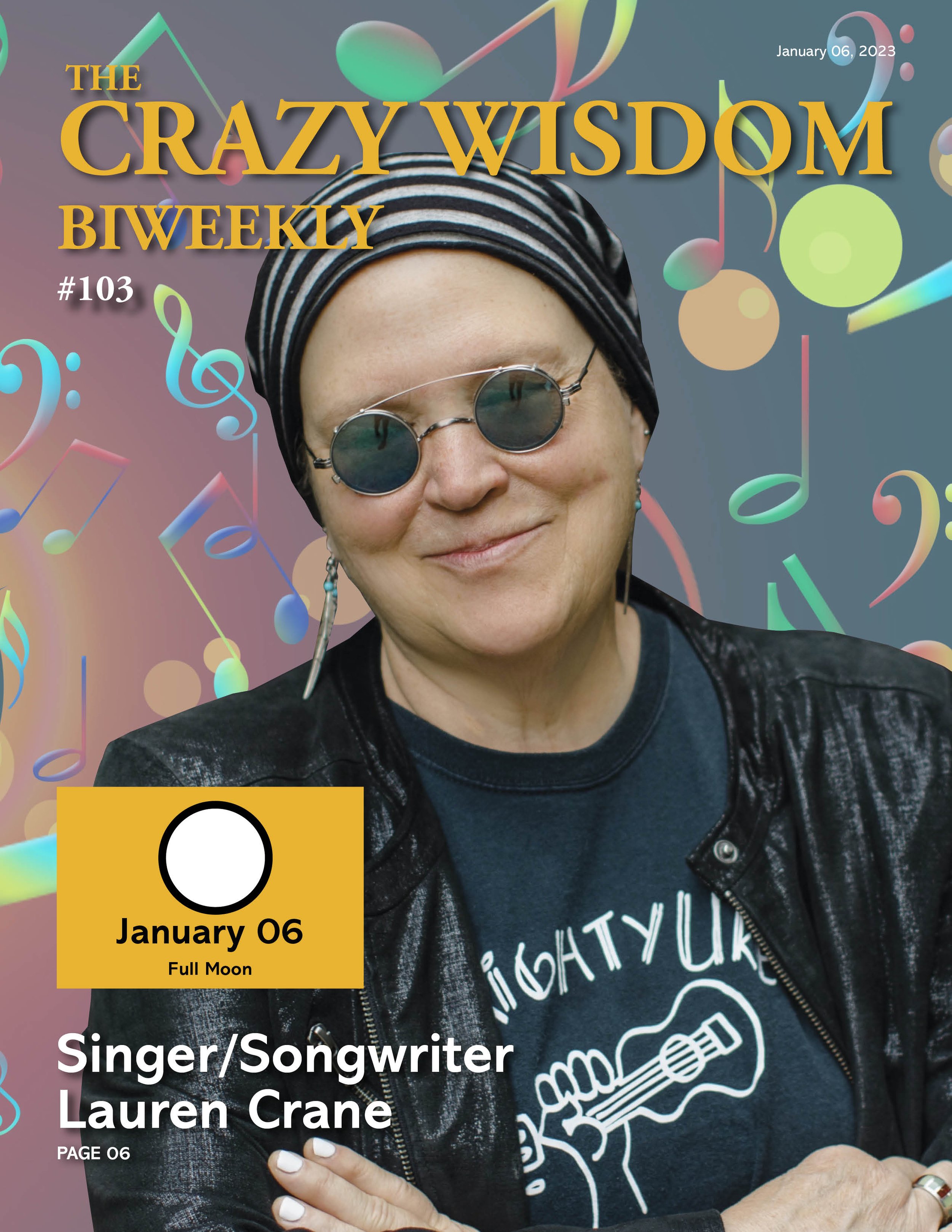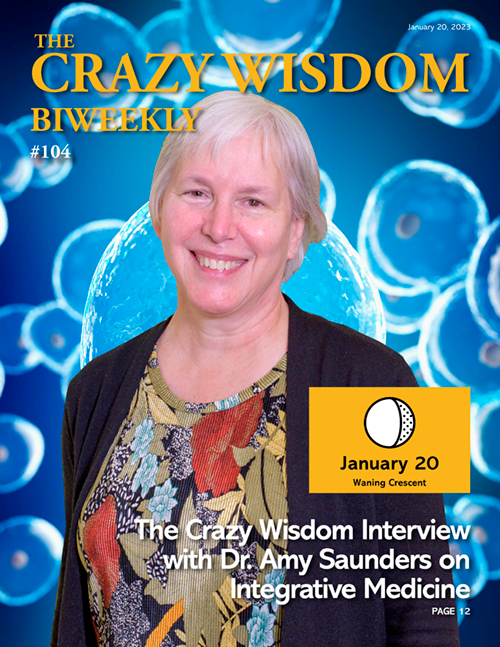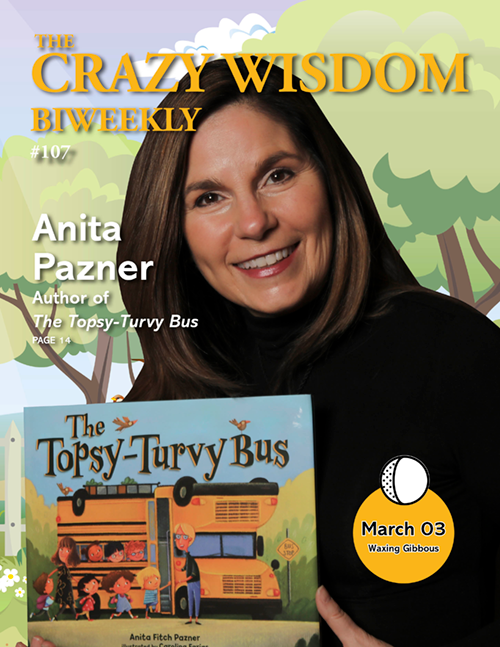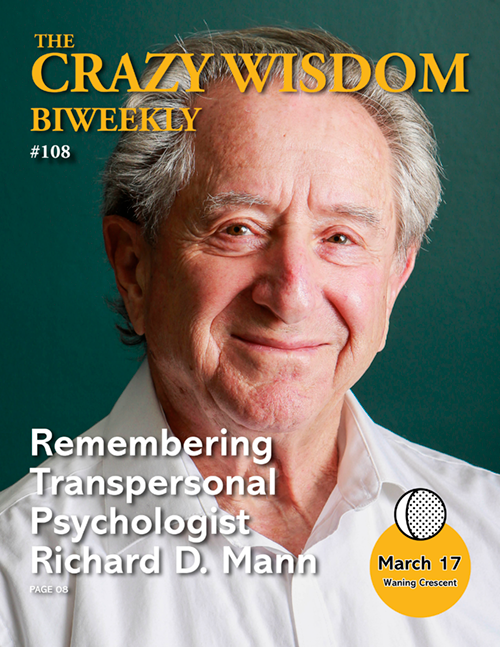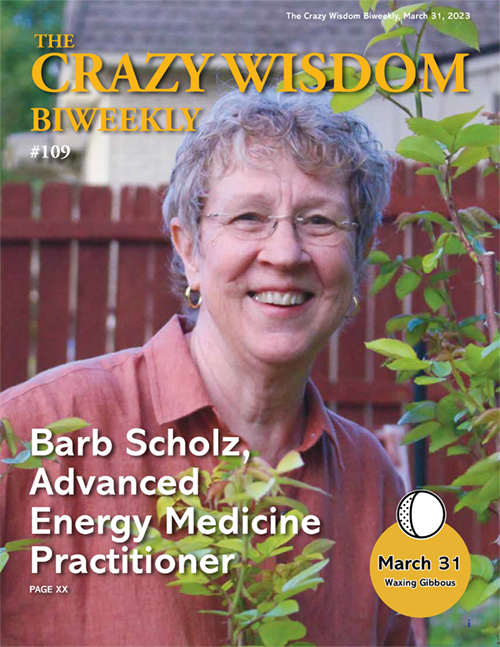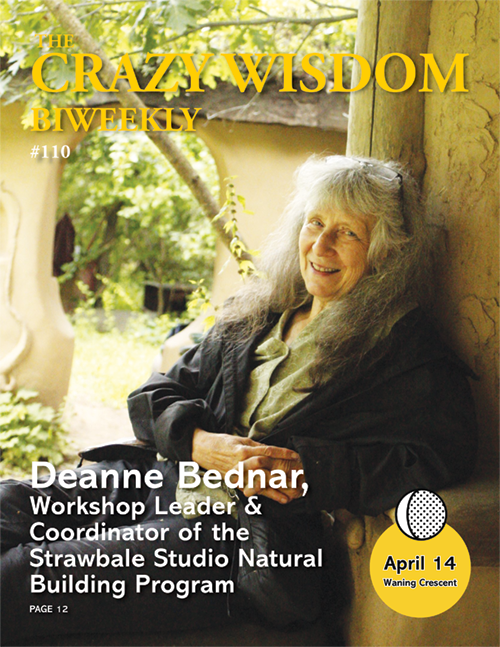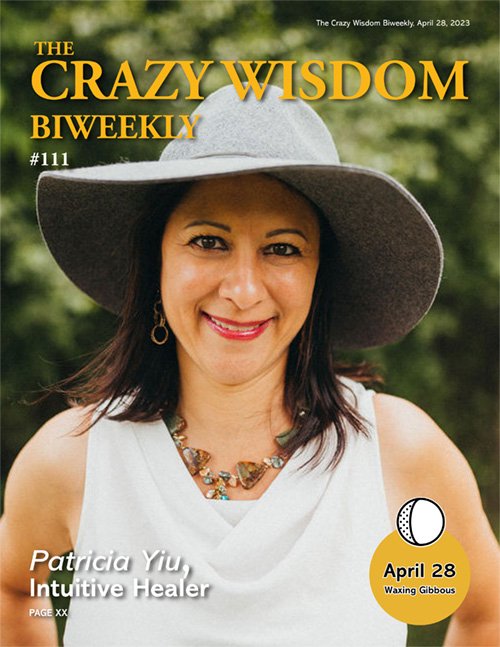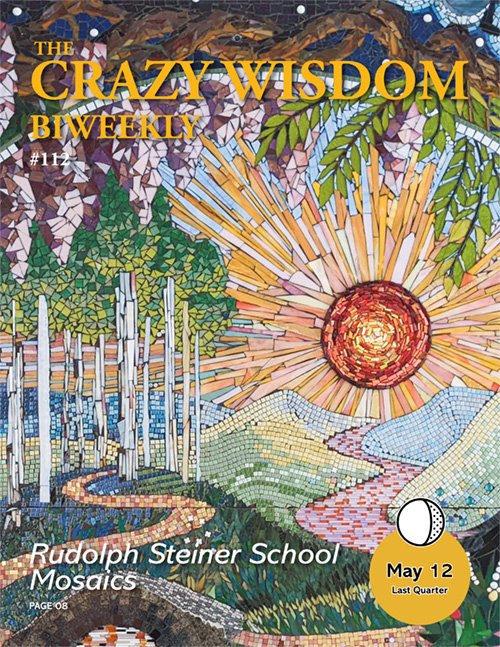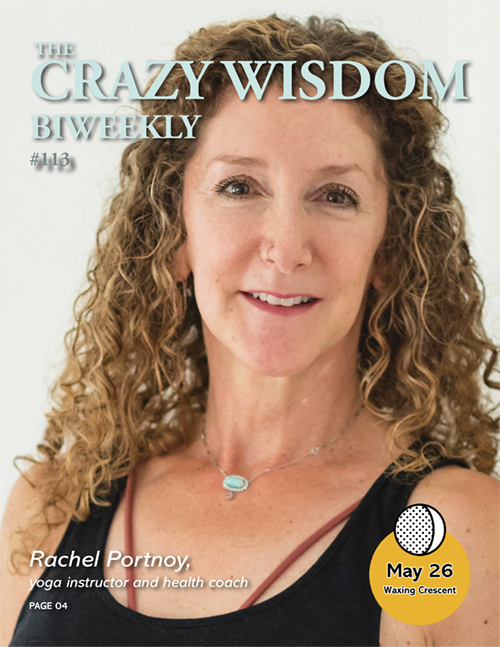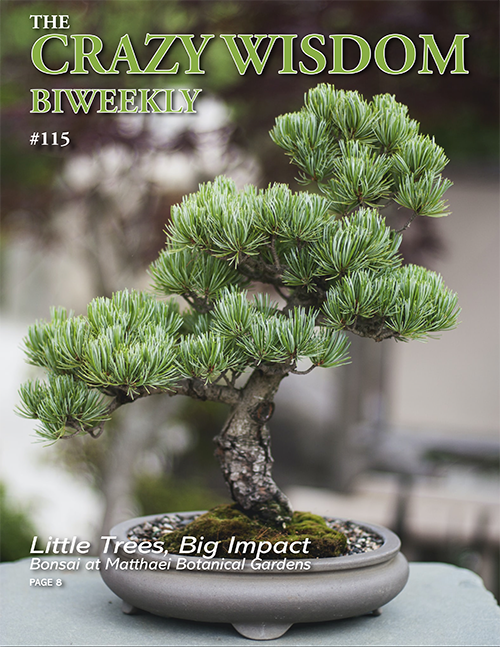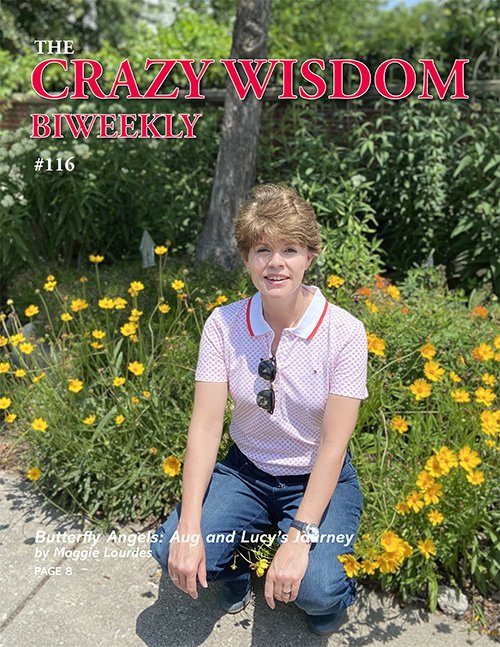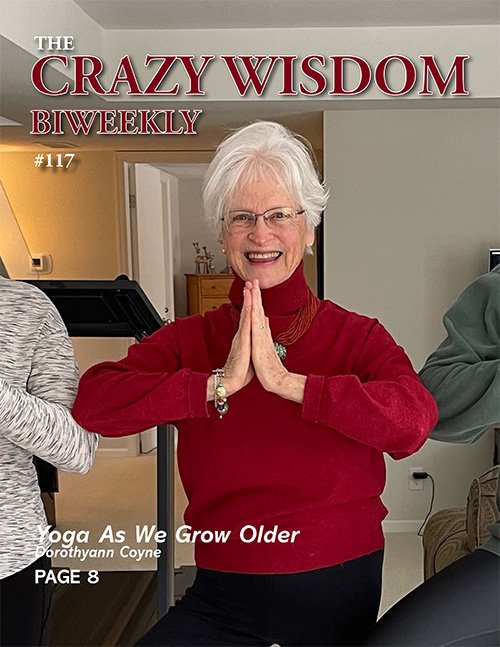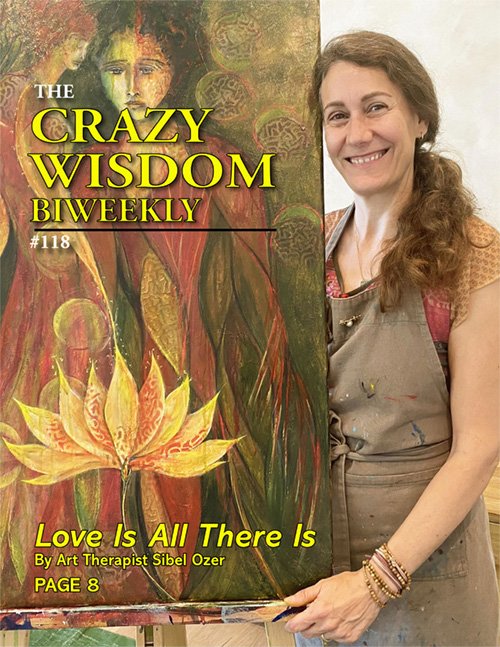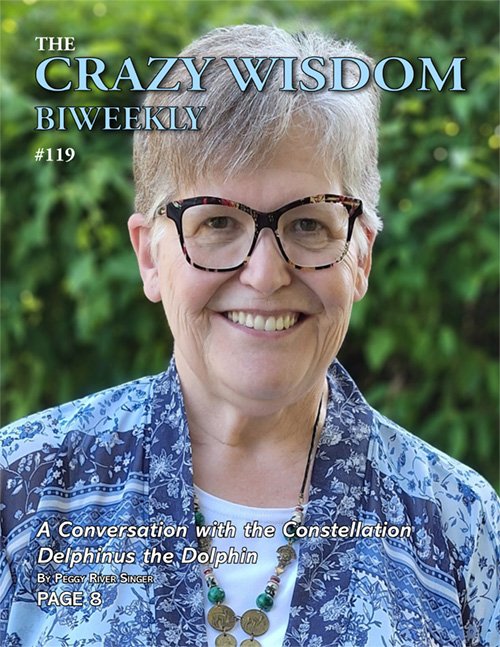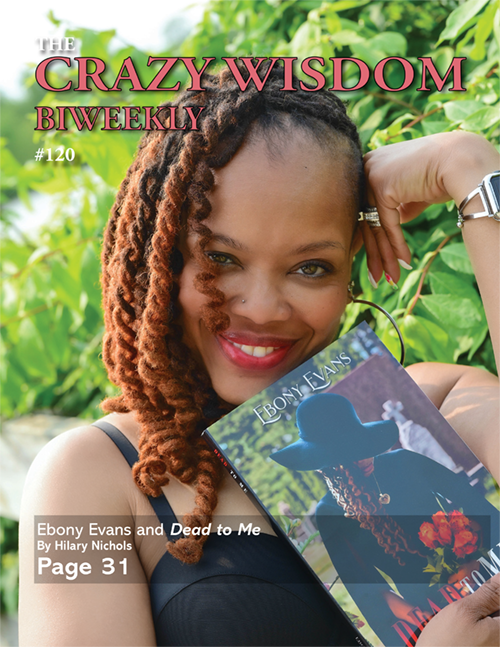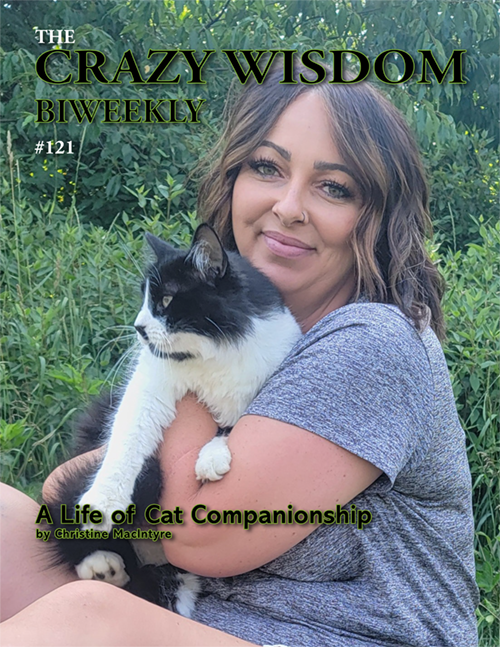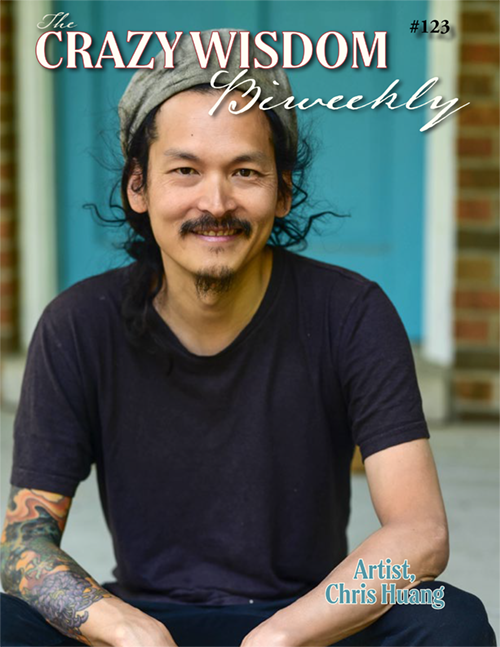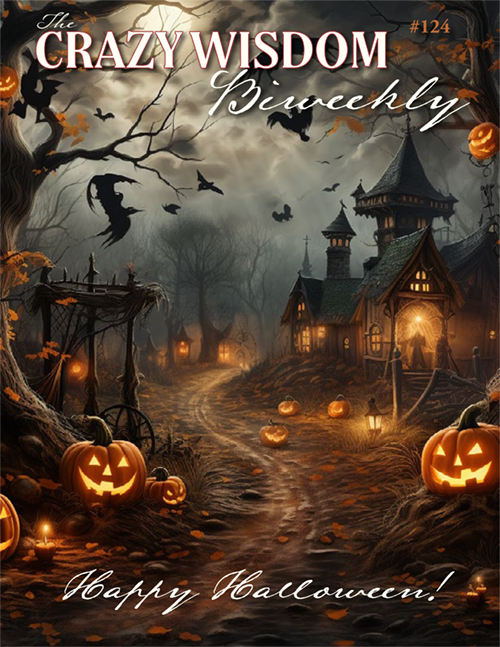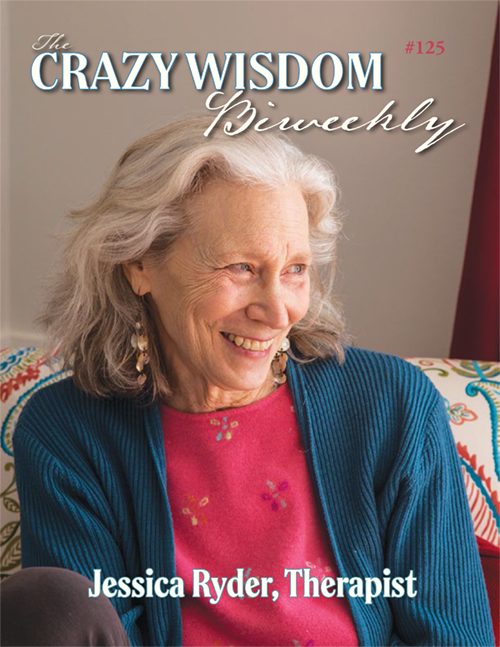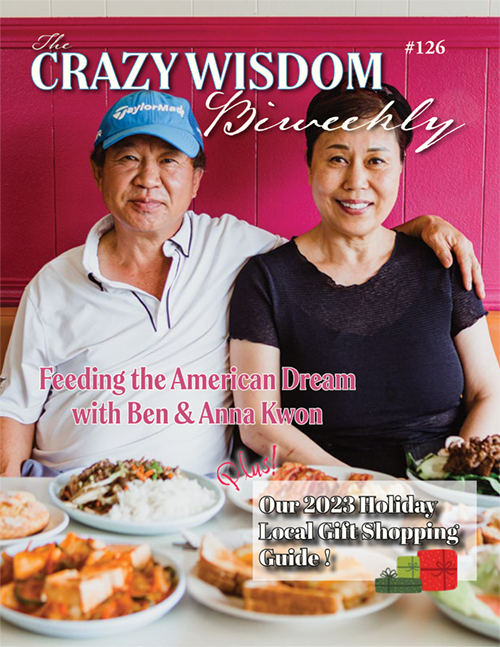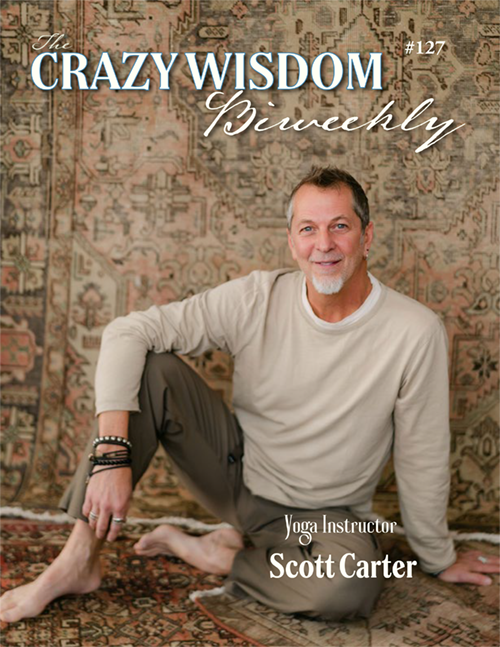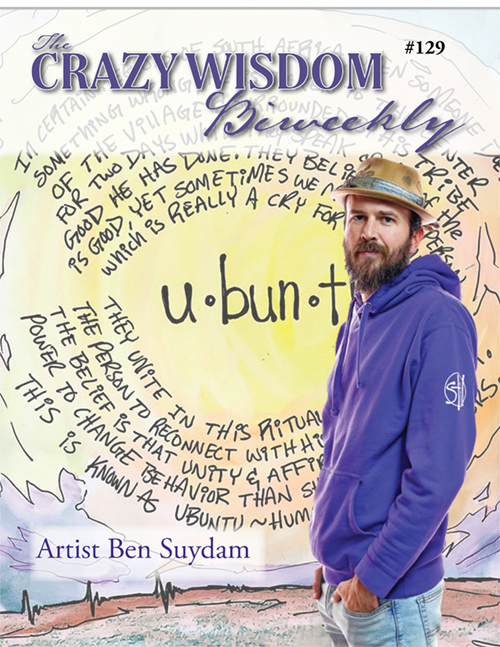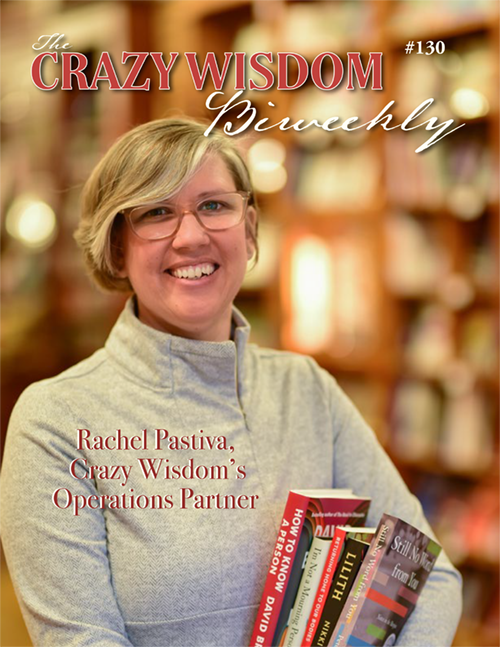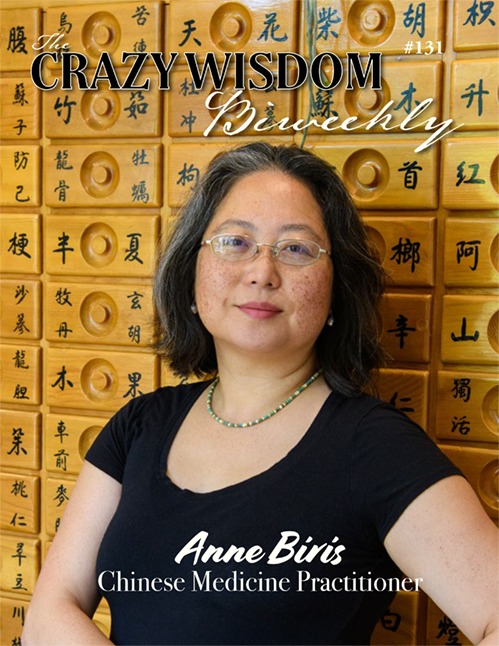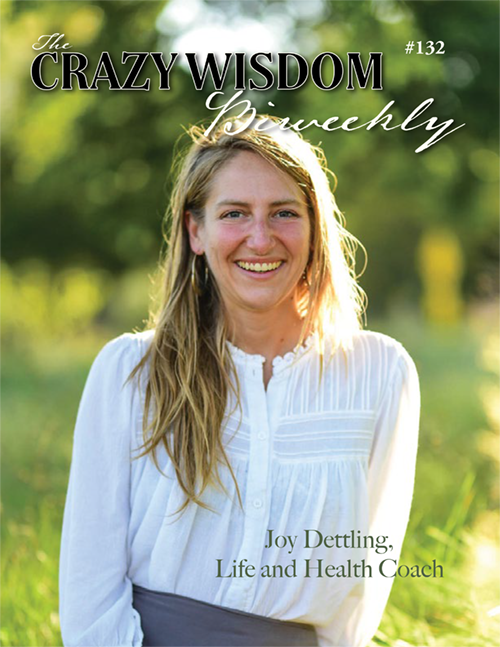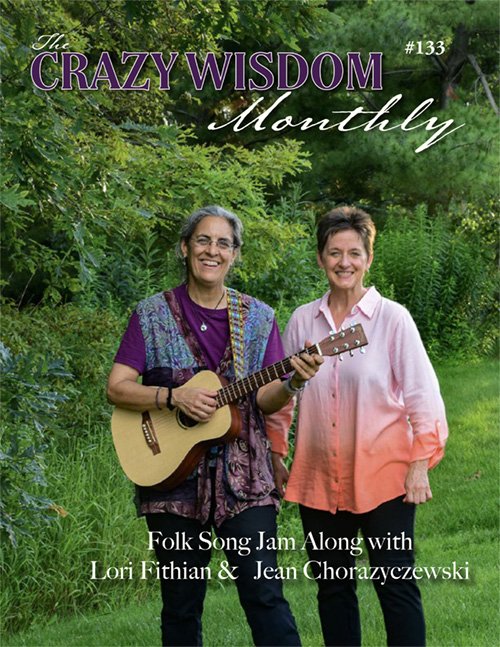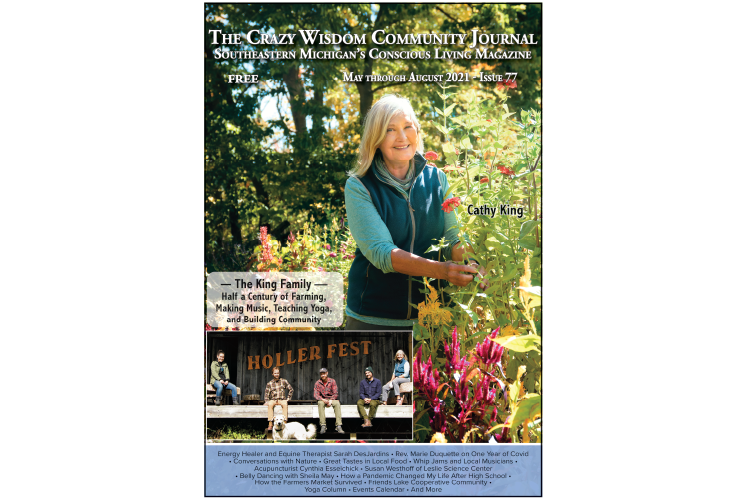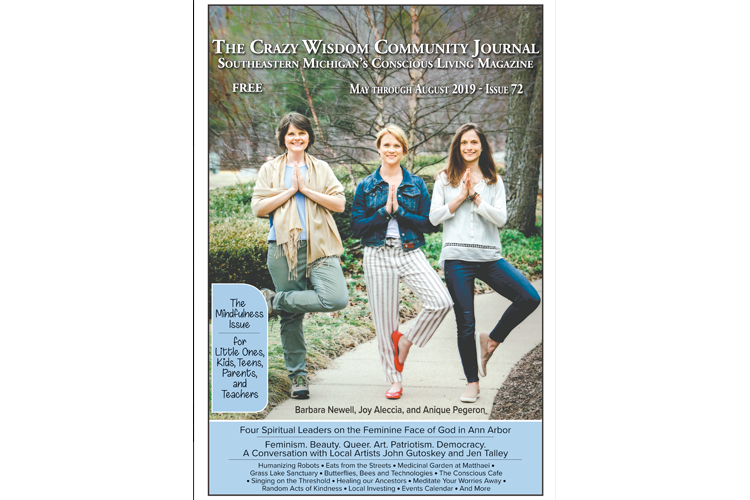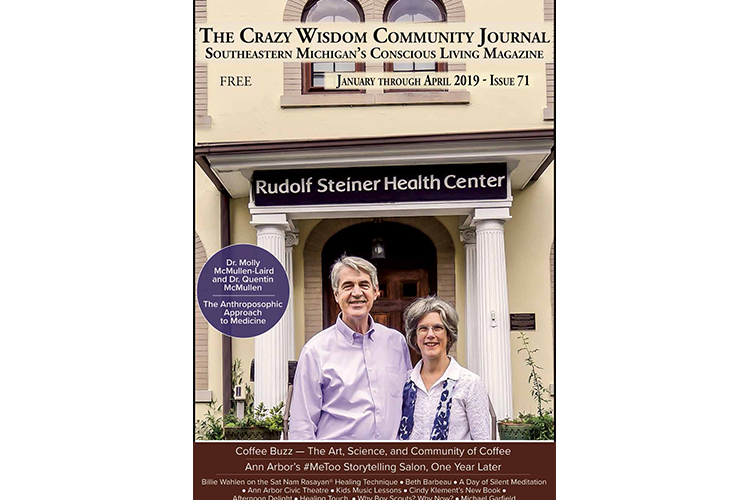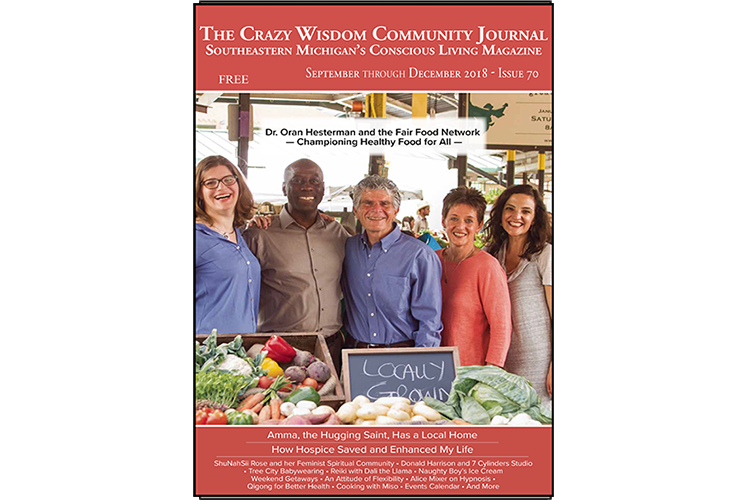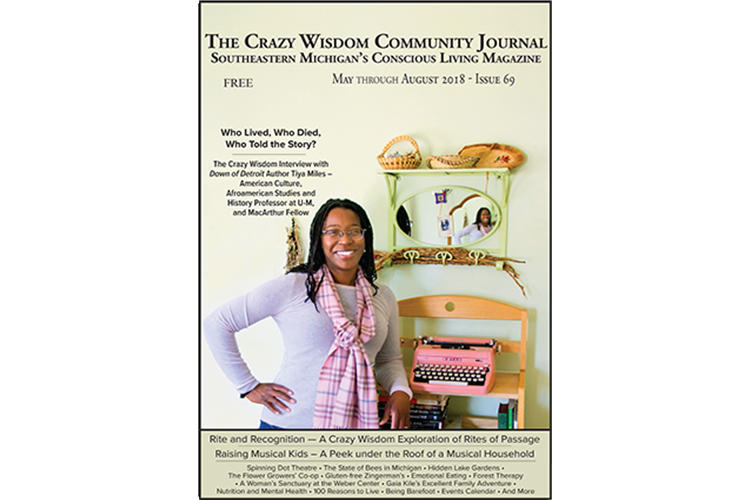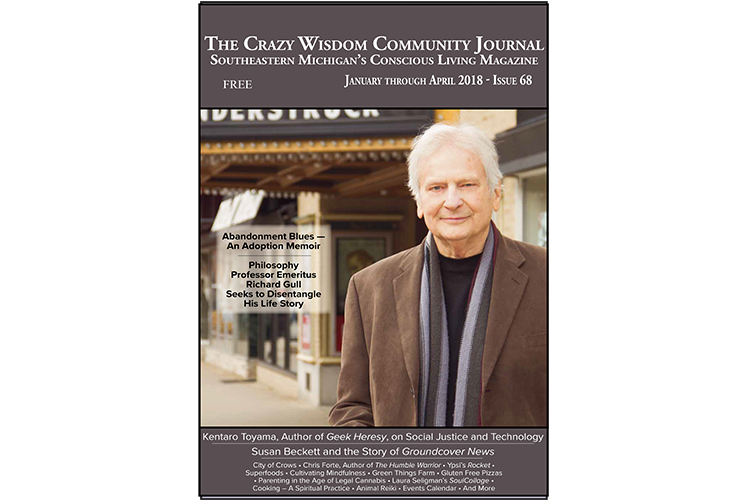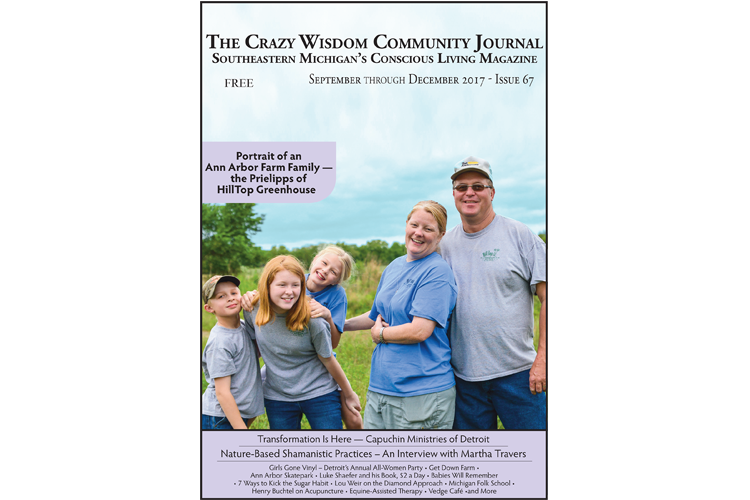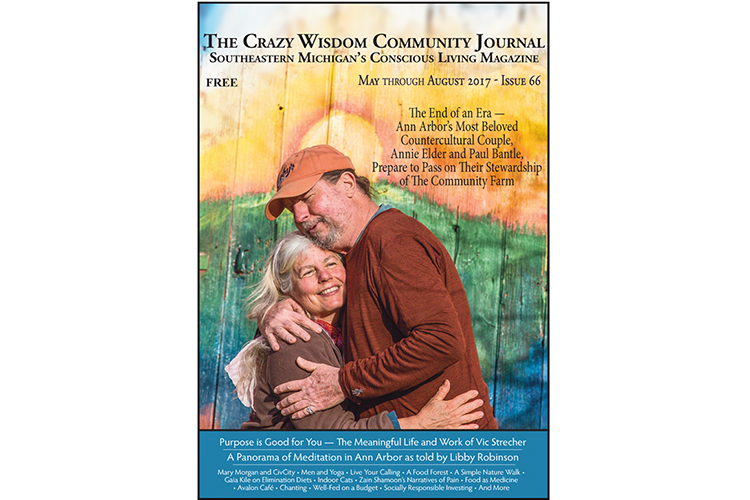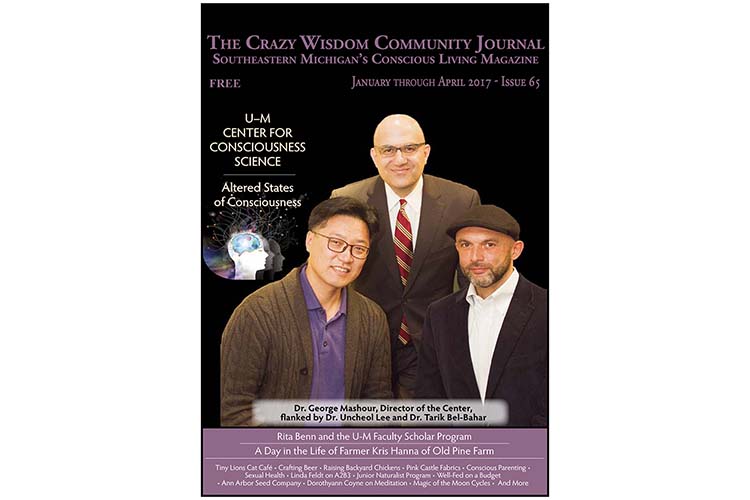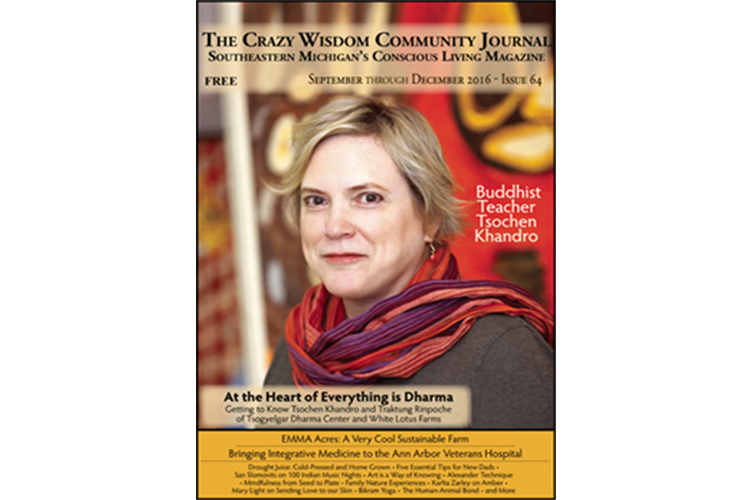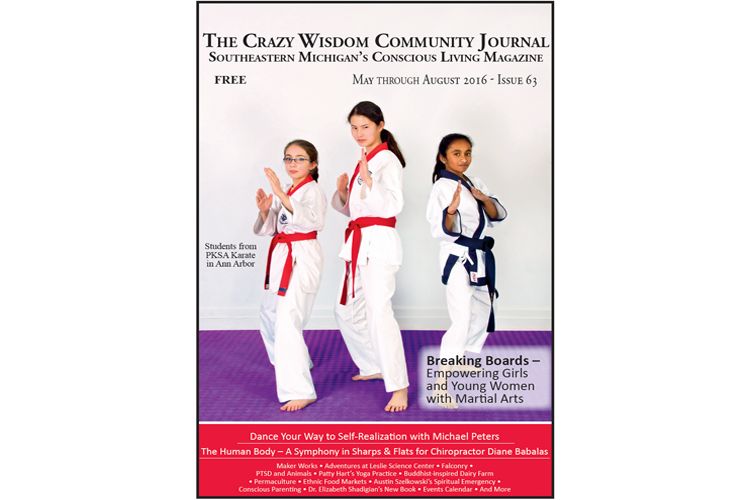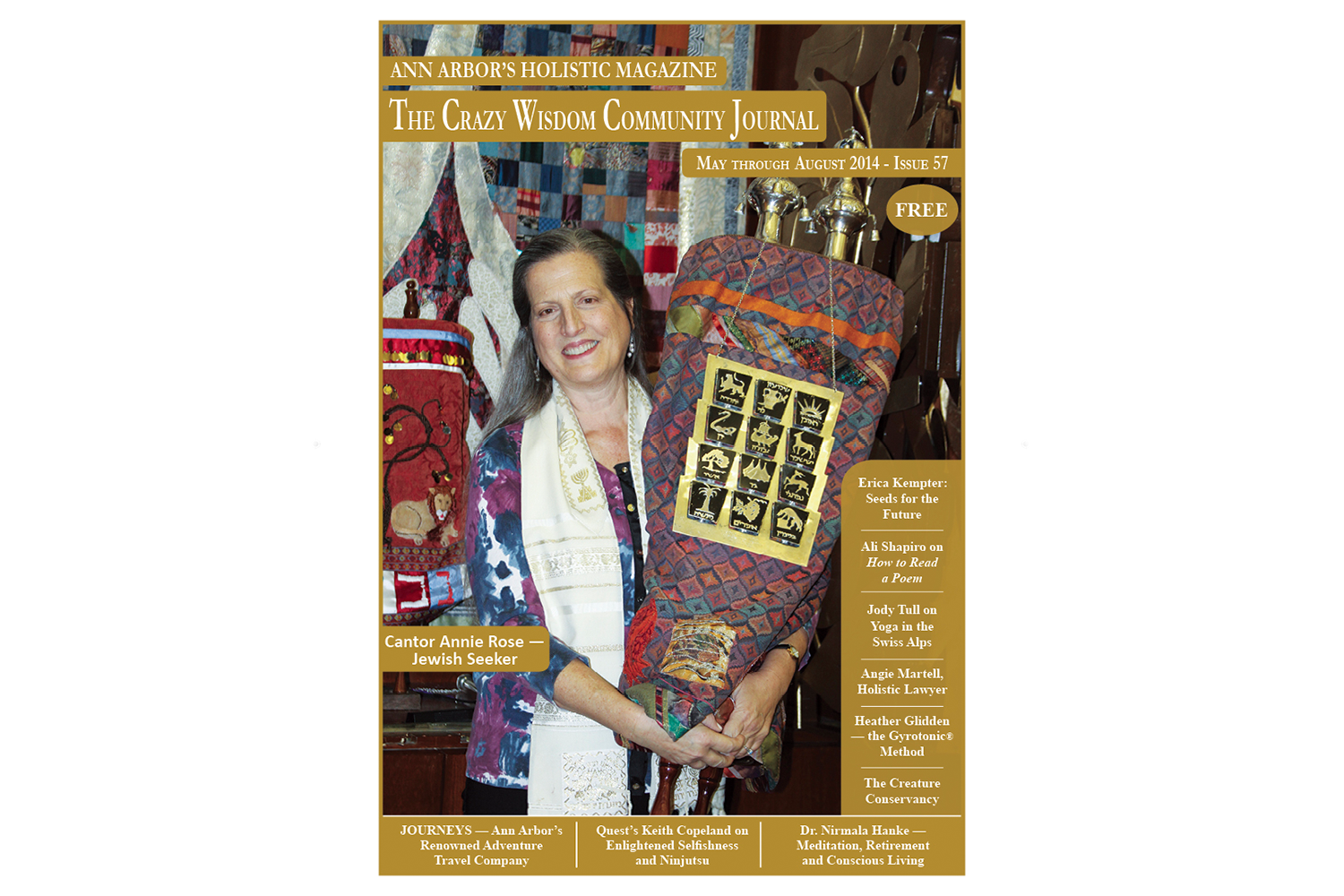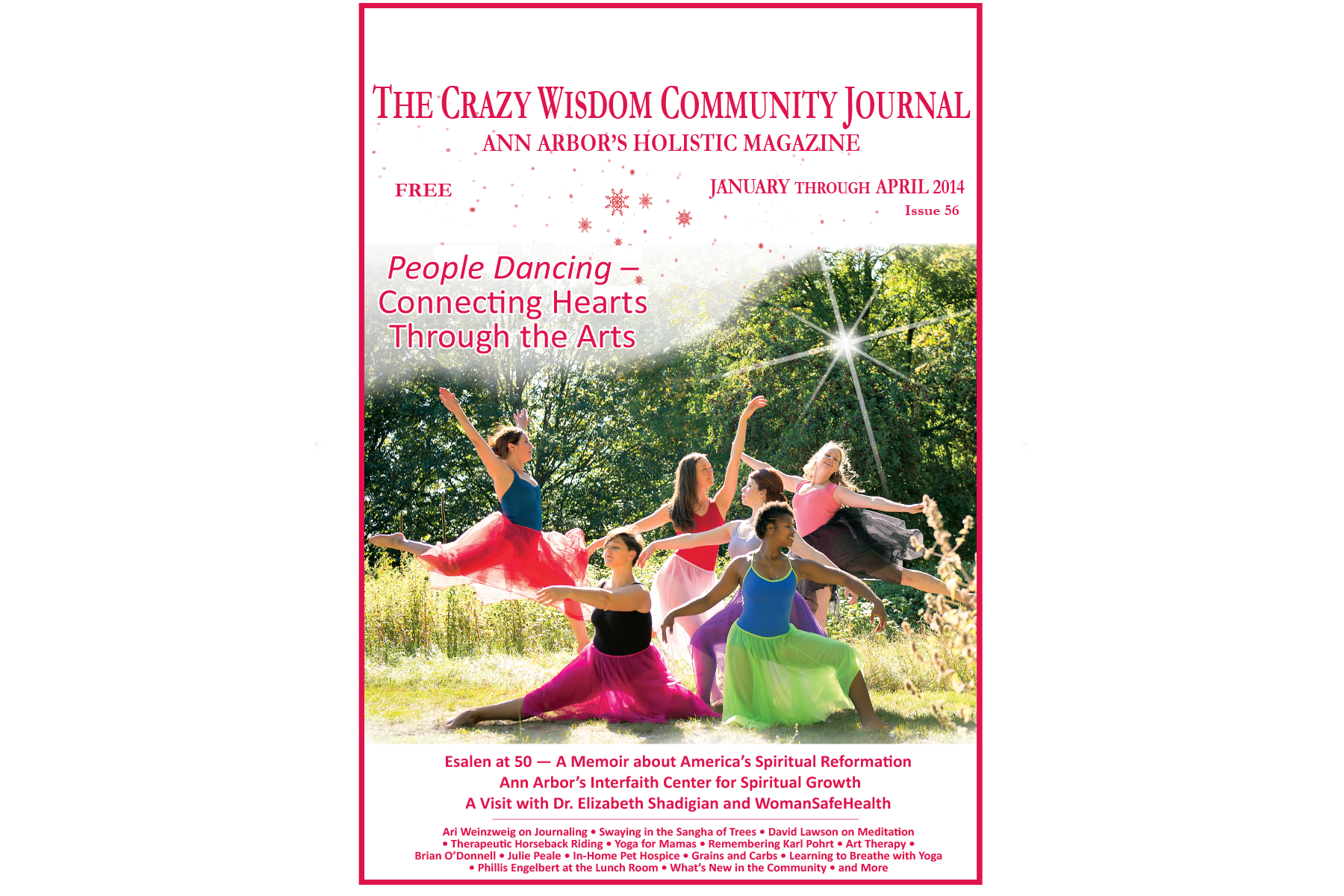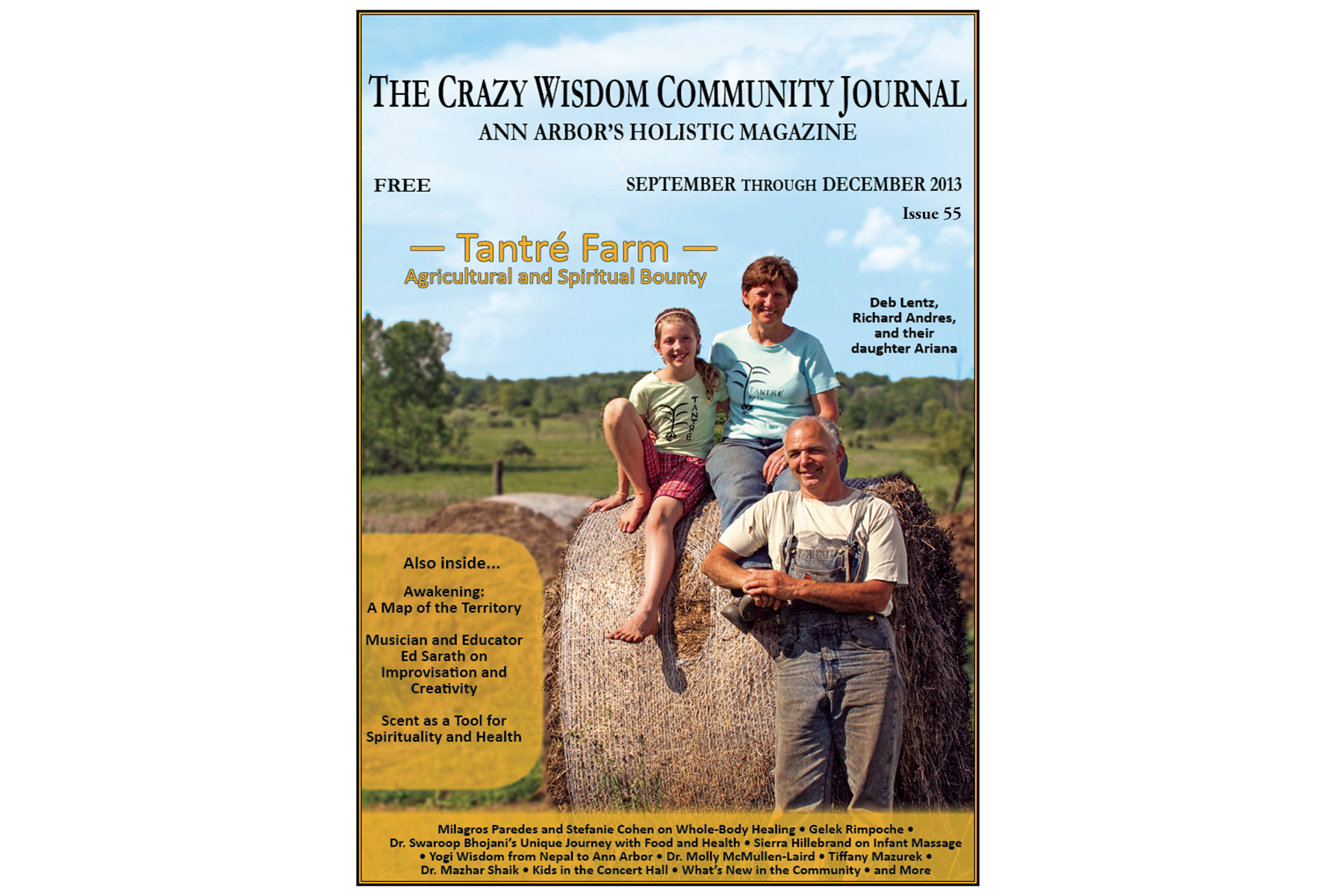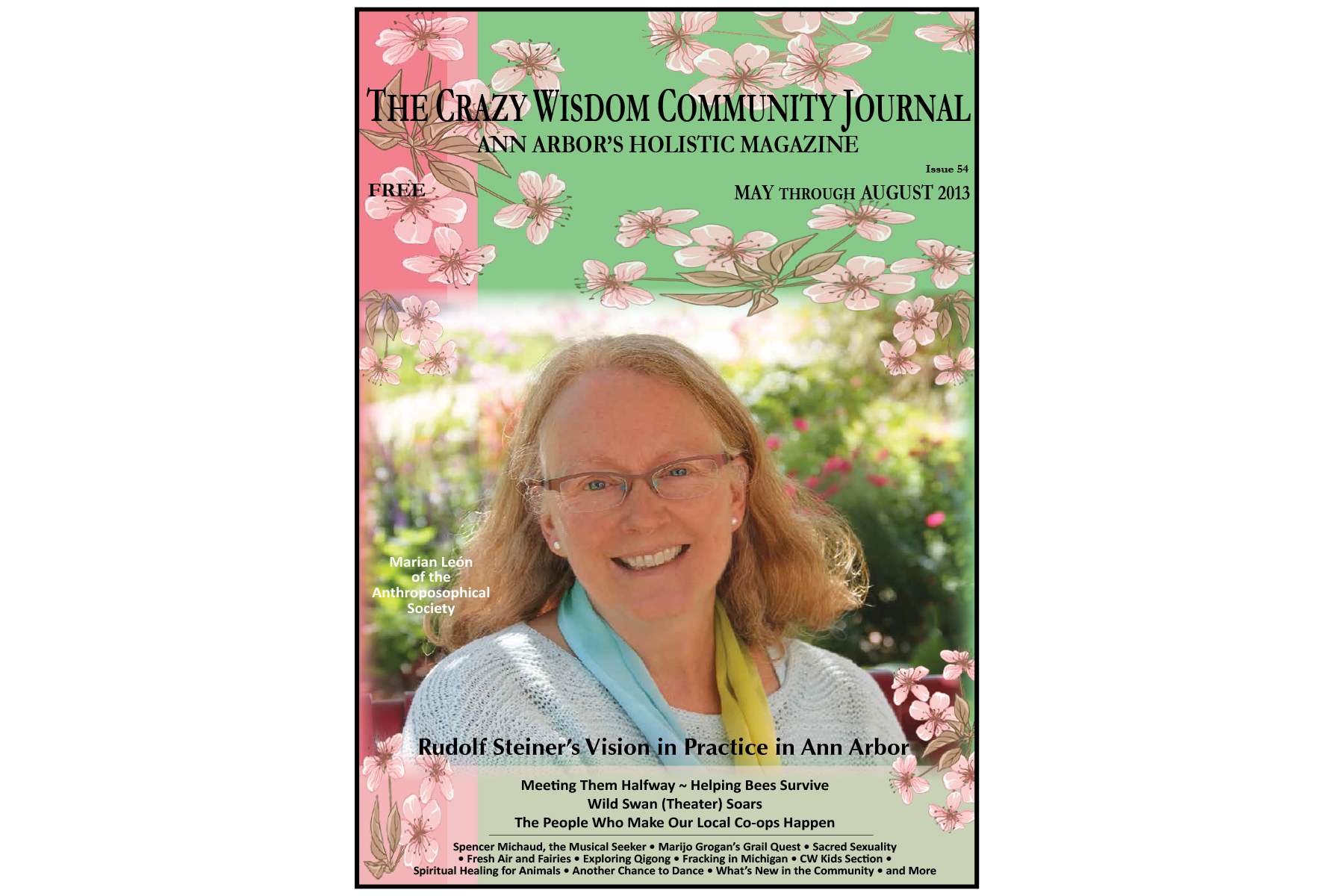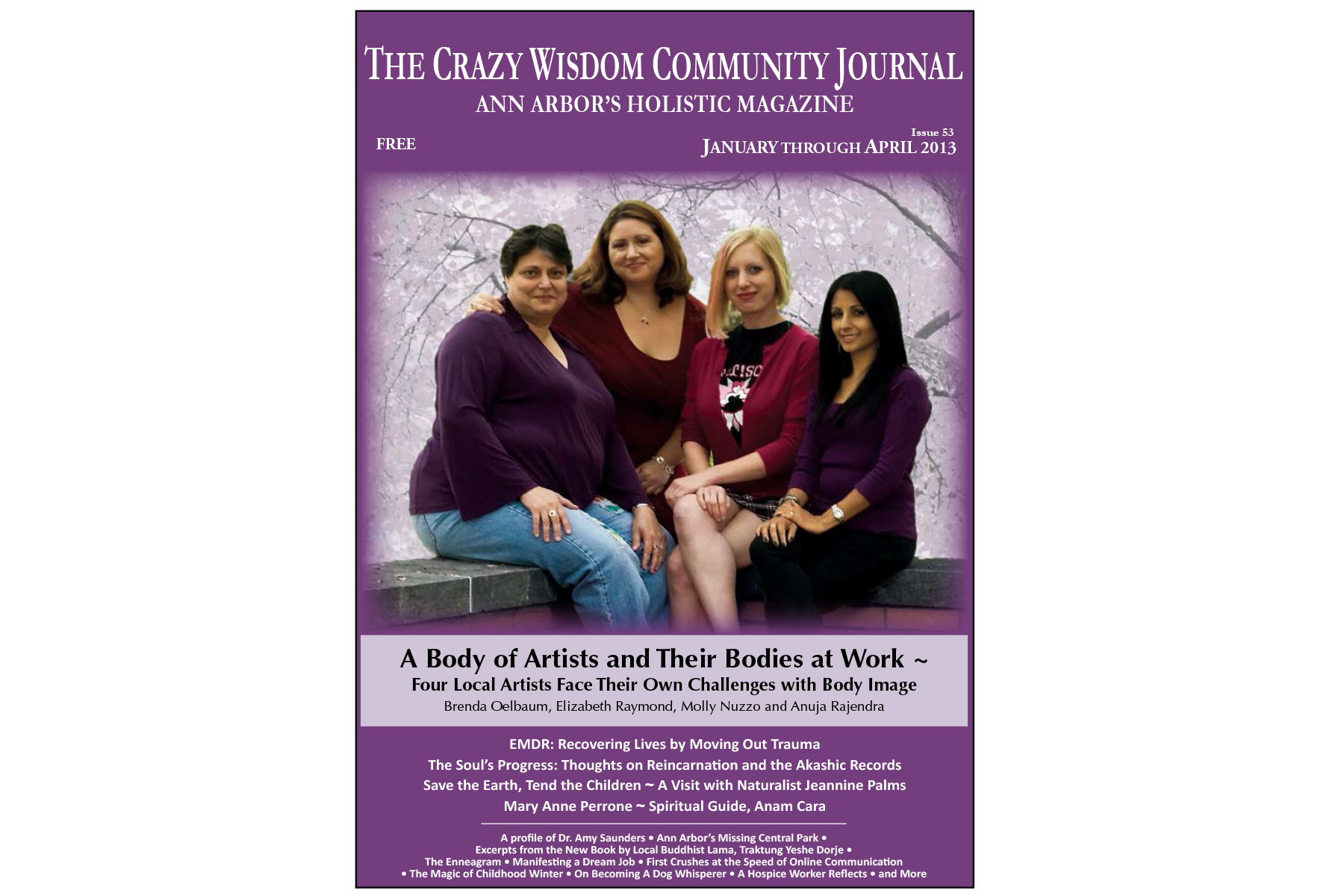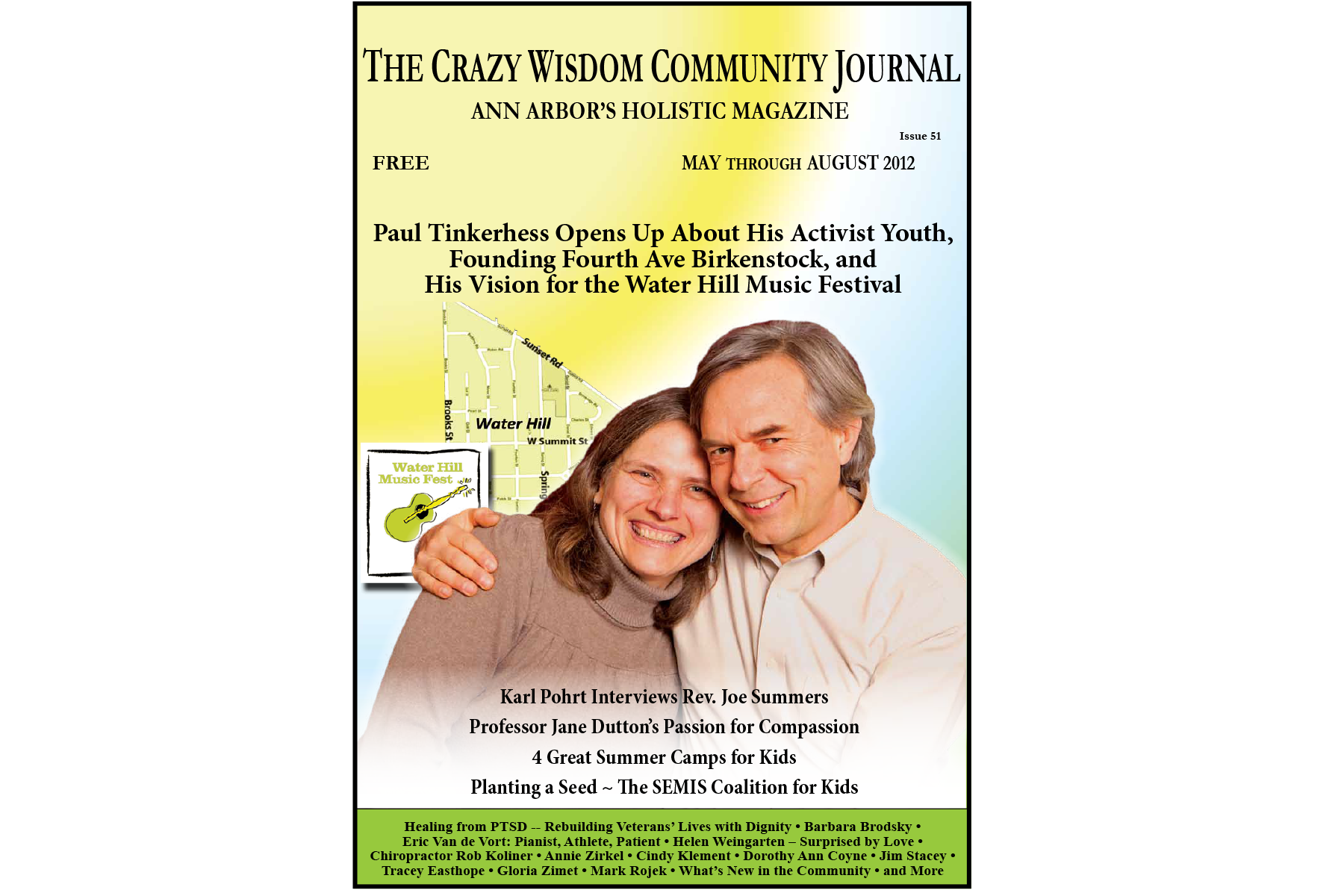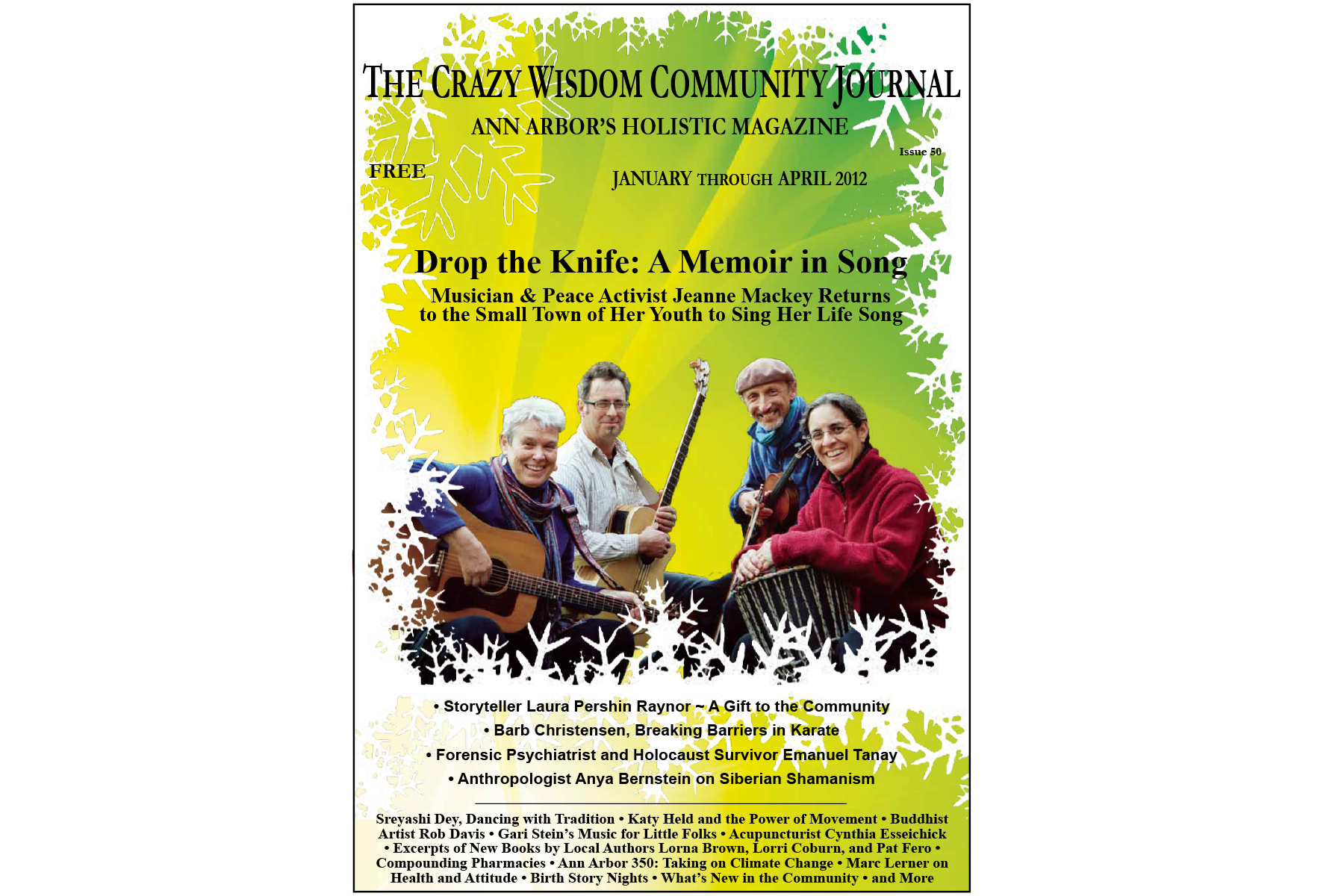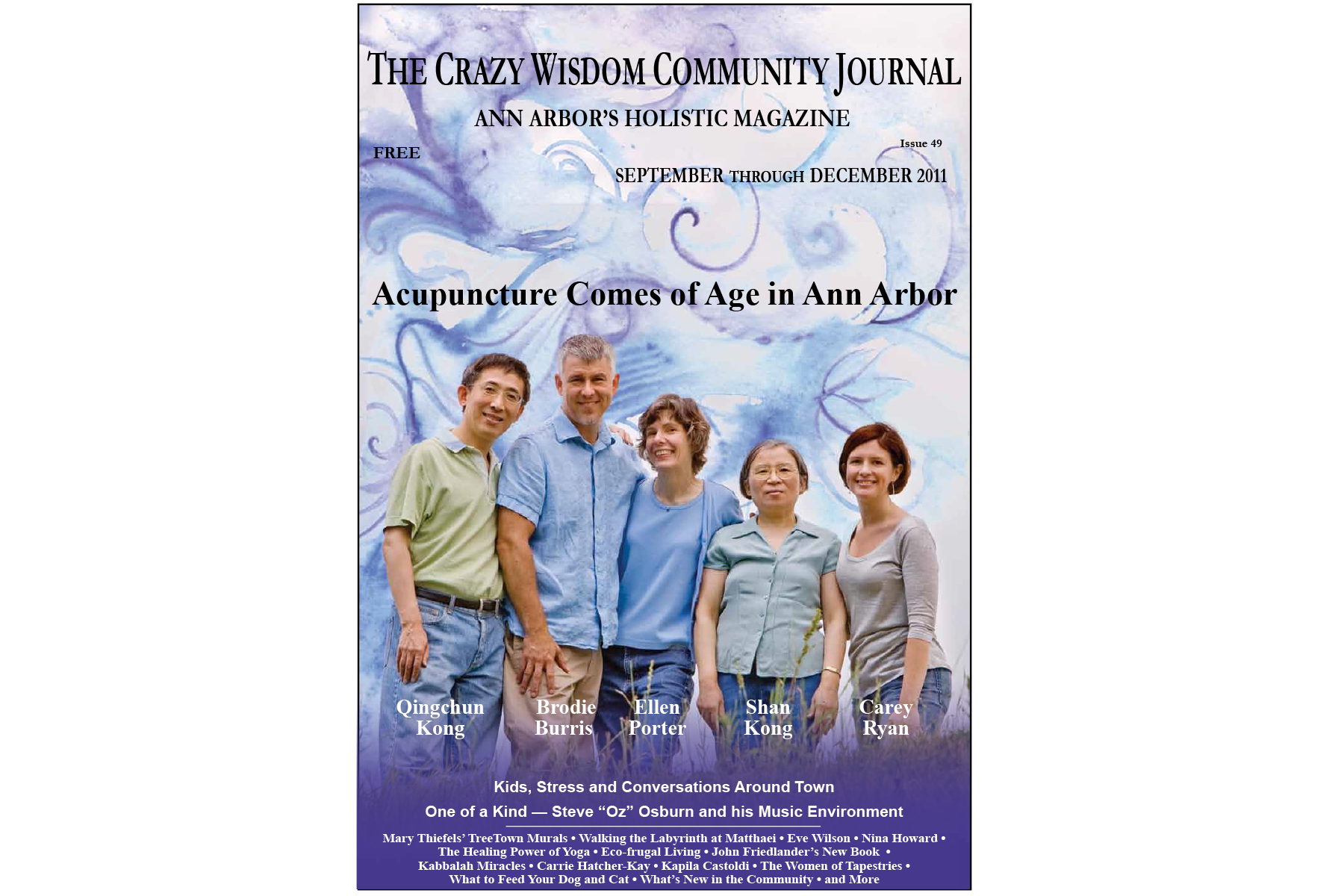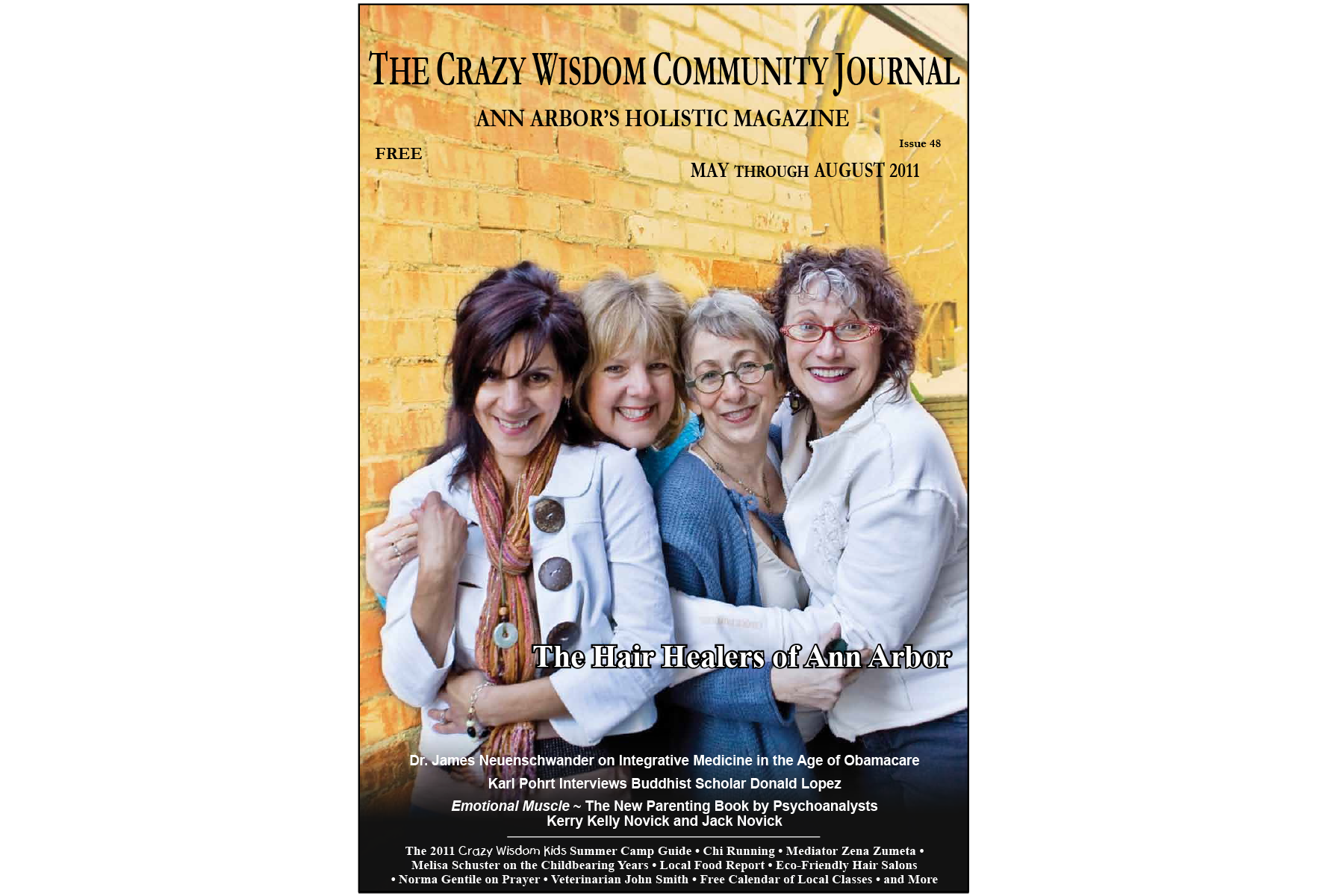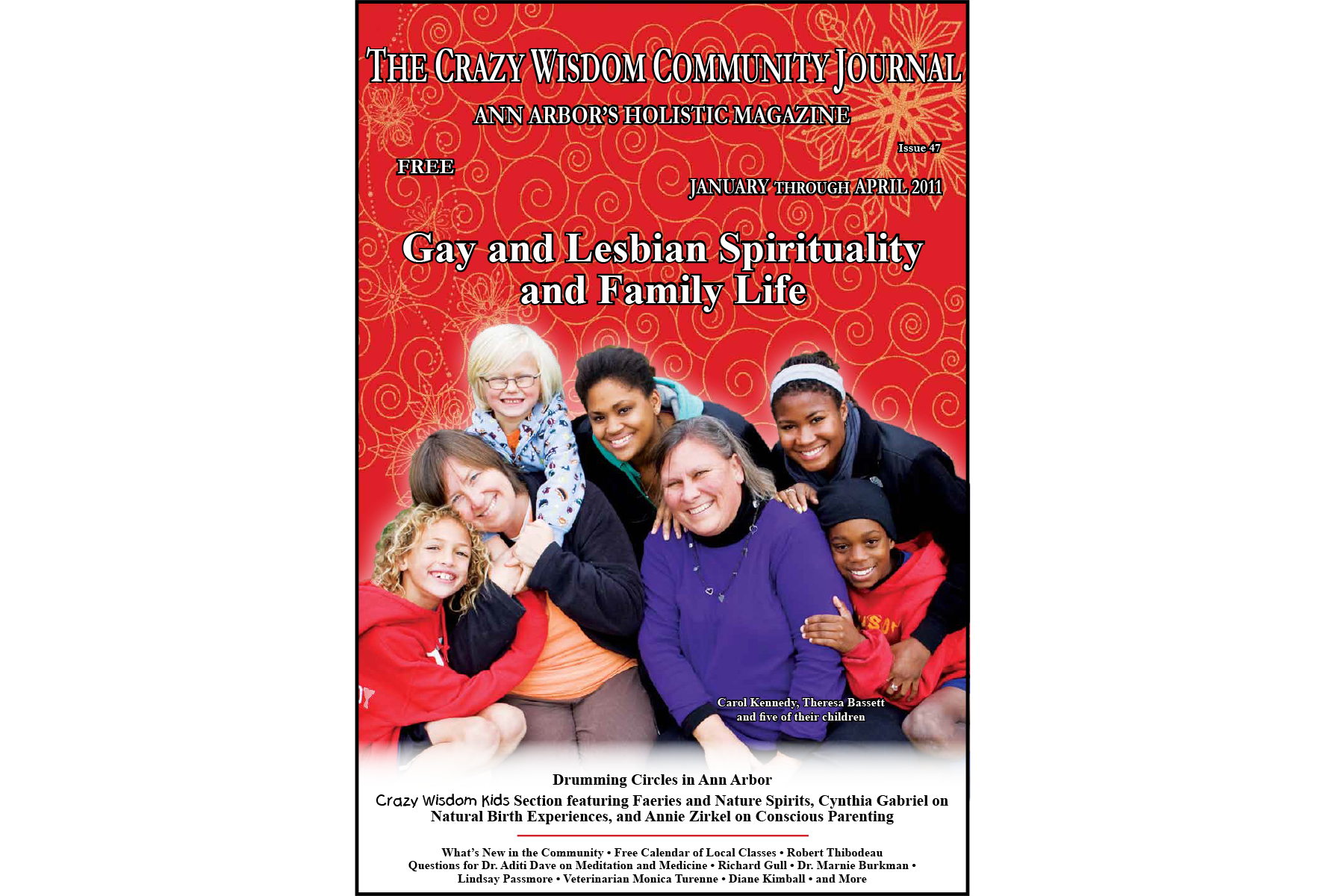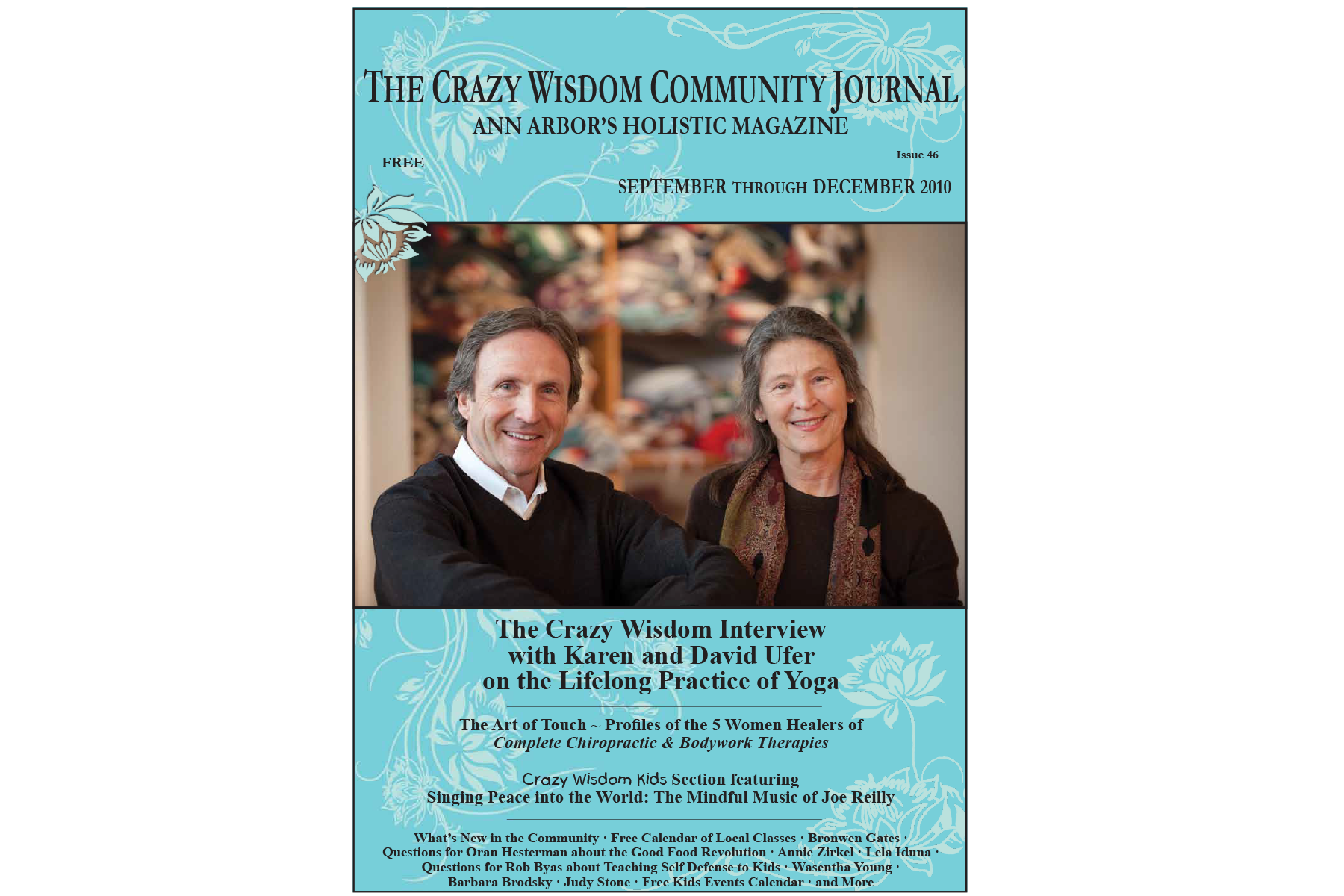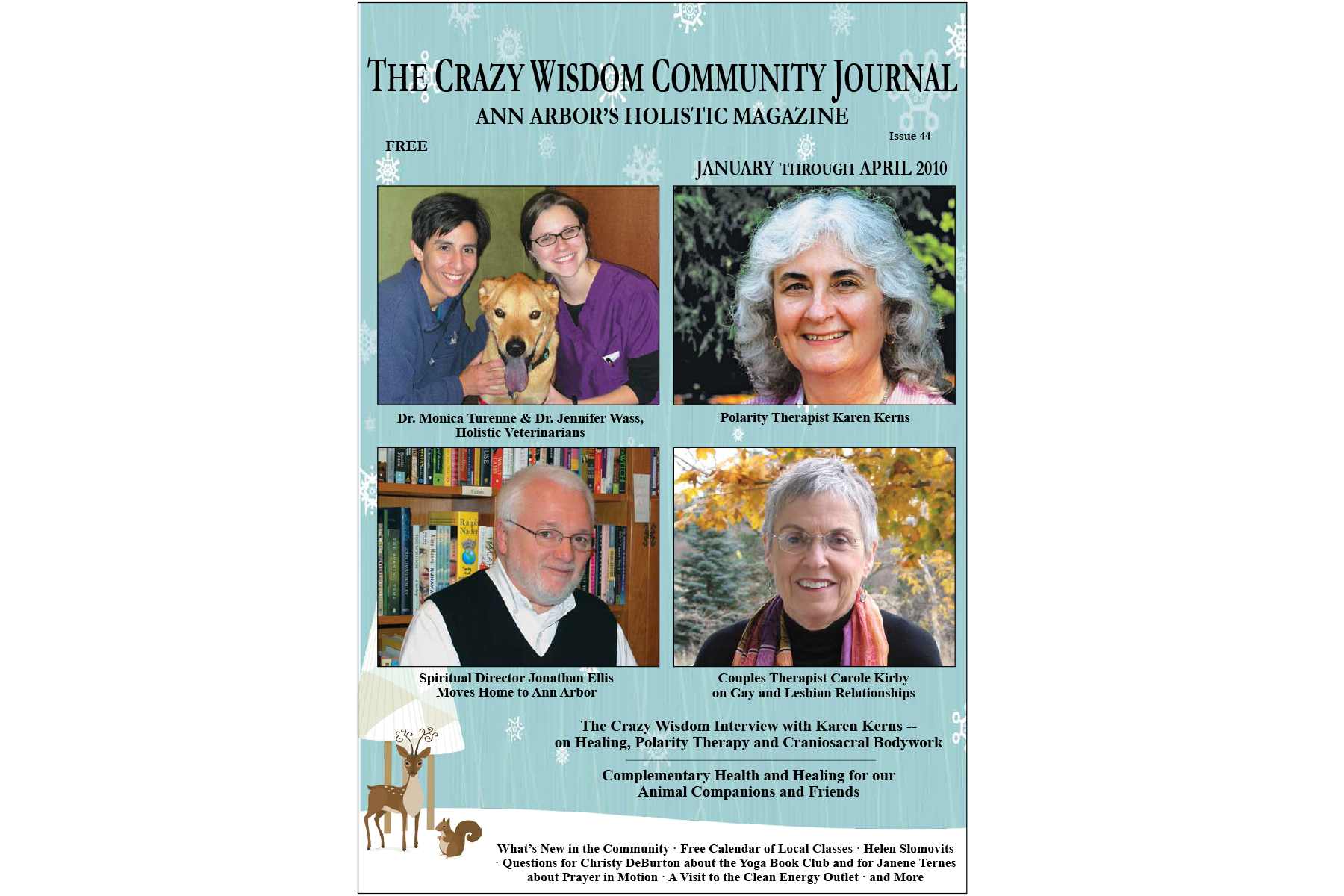Through the pandemic, many people have reached out to healers and wellness teachers for self-care techniques and help through crisis. One such teacher, Julie Woodward of Mindful Awakenings, seemingly does it all. She teaches yoga for resilience, mindfulness meditation, and leads nature immersion hikes that help us all re-anchor ourselves in the present moment and recharge through times of stress.
Conscious Parenting: Dealing with Disappointment Mindfully
Parenting is challenging. Being a parent during a pandemic is even more difficult. How can we help our children cope with the disappointments that come their way while dealing with our own? Over the last year, Covid shutdowns have canceled many activities that our children enjoy—birthday parties, school, soccer games—even visits with grandma and grandpa. Some older children have missed milestone moments like getting a driving license, going to prom, or attending a graduation ceremony. Losing these precious times, as well as contact with friends, teachers, and other special people, has been hard on us as adults, but even more devastating to our children. How can we help our children respond to these many cancellations?
A 24-Hour Yoga Practice
Today I practiced yoga for a full 24 hours. Whoa, right? Sounds like an intense, almost insane practice. Why would anyone do yoga for 24 hours straight? Well, it was a crazy practice, but not in the way you would think. What if I told you that I didn’t practice one Asana (yoga posture) or movement? What would you think? Where would your mind go? Would you ask, how can you practice yoga for 24 hours without any movement? This is where we may have some ground to make up as a yoga community. Asana is only one of the many practices of yoga. I practiced the other foundational concepts. I practiced yoga with my mind, my actions, and my thoughts.
Mindfulness for Little Ones
Imagine a group of four-year-olds sitting cross-legged on the floor, eyes closed, listening intently to the sound of a chime. As the ringing stops, the children’s hands rise from their laps and settle on their bellies. They breathe in… and then out. When their eyes open, they share how they’re feeling. “Calm.” “Tired.” “Hungry!” This is how my preschool mindfulness classes begin. While it may be hard to imagine, kids as young as three can become mindfulness practitioners! Basic mindfulness skills taught at an early age can help young children to stay healthy and balanced as they grow.
Bringing Mindfulness to Students and Educators: MC4ME – The Michigan Collaborative for Mindfulness in Education Has Been Leading the Charge
Almost three years ago I wrote about the work of transforming schools with mindfulness practices in Michigan for the Crazy Wisdom Journal. So many amazing moments have happened since then! School communities—students, staff, administrators, and parents alike, are beginning to understand how essential mindfulness skills are to the embodiment of social emotional learning (SEL) skills and to facilitating learning.
Mindfulness in Education Begins to Thrive — An Interview with School Psychologist Mary Spence
The definition of mindfulness provided by its founder, Jon Kabat-Zinn, includes three essential components: 1) Paying attention in the present moment, 2) On purpose and 3) Without judgment. I want mindfulness to survive its popularity because I believe that the practice of being mindful can remind us of who we really are, bring us back to our common humanity, and invite us to remain integrated in mind and body.
Sustainable Health: “Life's Not Fair!” — Forgiveness and Well-Being
By Dr. Dalinda Reese
The “unfairness” of life is a reality that all of us experience in one way or another. We get hurt. Someone treats us poorly. Someone or something special to us moves away or is taken from us. Relationships end. We get sick. What was once normal to us is now gone…. Such are the vicissitudes of life. How we respond can have a huge impact on our well-being.
Enter forgiveness. Really? Is that important? you might ask. It is. Isn't that just a way of excusing bad behavior? Isn't that saying whatever happened was okay or didn't matter? Isn't that just another way of religion making us feel bad about ourselves? I don’t think so.
For eons talk about forgiveness has belonged to the religious realm, but if we can appreciate religions as wisdom traditions, perhaps we can look more closely and openly at what is being said. Clergy, theologians, and philosophers in the earlier part of the 20th century expanded the dialogue on forgiveness. Simon Wiesenthal's book, The Sunflower: On the Possibilities and Limits of Forgiveness, first published in 1969 by Schocken Books, is a classic example of this. Over fifty global leaders, writers, philosophers, spiritual leaders — all luminaries in their own right — were asked to explore and respond to Wiesenthal's questions about his experiences as a prisoner in a concentration camp. While imprisoned, Wiesenthal was summoned to the bedside of a dying Nazi soldier who confessed his atrocities against Jews and asked Wiesenthal for forgiveness. Difficult questions indeed with no easy answers. We may not even have a paradigm that can hold the pathos of those questions.
By the second half of the 20th century, and especially since the 1980s, social scientists have looked at forgiveness through an empirical lens, bringing its exploration from the theoretical, philosophical realm into the measurable realm. All research requires, among many considerations, a definition of terms, determining what to measure, how to measure it, and then deciding what those measurements mean. Yet research on an inter-dynamic and connected “whole” is always limited. By dissecting a matter, we risk losing or missing important aspects. Despite these limitations, the study of forgiveness has provided understandings and tools that may be useful to our lives and to our sense of well-being.
To begin with a basic definition, forgiveness is a change from a negative attitude or behavior in response to a person or event to a neutral or positive attitude or behavior in response to the same person or event. It other words, forgiveness is getting unhooked from a grievance cycle. It is making peace with life’s hurts. Forgiveness is not forgetting, denying, excusing, condoning, or pardoning. It is not pretending something didn’t happen. Forgiveness is not even reconciliation. Although reconciliation can happen, it is not the goal of, nor is it necessary for, forgiveness. Forgiveness is peace and freedom now from a past hurt. Forgiveness is freedom from a pain-perpetuating entrapment.
In general, observational studies suggest that forgiveness correlates with fewer depressive symptoms, a greater sense of well-being, and better health. One study of 1,500 older Americans showed that unconditional forgiveness was associated with fewer mental/emotional and somatic depressive symptoms and a greater sense of life satisfaction and well-being (Krause and Ellison, 2003). Another study of 1,232 older Americans showed that conditional forgiveness (“I will forgive only if…”) was associated with a greater risk of all-cause mortality (Toussaint et al., 2012). A study at Duke University showed that HIV-positive patients with higher forgiveness scores also had evidence of better immune function (Owen et al., 2011). Although not a study of forgiveness, the largest prospective study of aging and health in North America suggests that an adaptive coping style (for example, not being stuck in a grudge) is one of the top predictors of being well at age 80 (Vailliant, 2010).
Interventional studies, in which forgiveness is discussed and taught, suggest that we can learn to forgive and improve our health and well-being. One of the largest of these studies is Dr. Fredric Luskin’s Stanford Forgiveness Project, in which 259 adults who held a grudge (harbored unforgiveness) participated in a series of six weekly small group educational sessions with practice homework between the sessions. Measurements before, immediately after, and several months after the intervention included: degree of emotional hurt, degree of anger, psychological and emotional well-being, likelihood of forgiving offenses, and degree of forgiveness toward offender. This and smaller studies by Dr. Luskin showed that learning to forgive decreased anger and hurt, increased likelihood of forgiveness, improved emotional and psychological health, and a perception of increased health. Interestingly, Dr. Luskin notes that time will decrease the pain of an offense, but forgiveness seems to be important for improving psychological and emotional health. The benefits of forgiveness seem to have staying power. Learning to forgive builds on itself and continues to have a positive impact on how one relates to life’s challenges.
Other interventional studies affirm the positive effects of forgiveness on health. For example, people with coronary artery disease can have episodes of cardiac ischemia (lack of blood flow to areas of the heart) that are related to anger-recall. One study showed that ten weekly forgiveness sessions could significantly decrease how much ischemia is present with anger-recall (Waltman et al., 2009). A study of patients with high blood pressure suggested that learning to forgive may normalize blood pressure in those who have high levels of anger (TD Ellis et al., 2006). And in a small study of women with fibromyalgia who had been abused in childhood, a 24-session individualized forgiveness program increased both forgiveness and overall health (Lee and Enright, 2014).
Forgiveness interventions can vary greatly. In essence, what they seem to have in common is: (1) a clear description of what forgiveness is and especially what it is not, (2) increasing awareness of the ways we habitually think and feel about offenses, (3) and recognizing and further developing our own resources to facilitate forgiveness.
There does need to be safety and also some “distance” from the acute pain and grieving triggered by the offense before talking about forgiveness. Then, the first step in forgiveness is to know exactly how you feel about the offense and to be clear about what was not okay. With that clarity you can explore, understand, and dispute the underlying thought patterns, beliefs, and expectations that keep you stuck. In addition to this cognitive understanding, regular mind-body practices are necessary to help you recognize and grow your heart-centered resources (awareness, mindfulness, presence, gratitude, compassion, loving-kindness, resilience, strength, and such). This allows you to respond, rather than reflexively react, to your perceptions and experiences. Together, the head and heart can help transform the grievance cycle and release the power it has over you.
Life gives us plenty of opportunities to forgive. When I first became involved with forgiveness work, I realized that there were many things in my life that I had indeed forgiven. My own personal spiritual practices had sustained me and facilitated forgiveness of the more egregious hurts that I experienced. The more I work with forgiveness training, the more I see. Forgiveness can involve small things or large things. It can be general or specific. There can be layers and overlaps. It seems once I’ve mastered one thing another presents itself!
A personal example occurred in 2012, shortly after I moved to Ann Arbor to join the holistic practitioners at Bio Energy Medical Center (BEMC). Most of my medical career had been in Virginia, where I had moved after medical school in Ann Arbor to do my internship and residencies. I had taken a six-year hiatus from clinical practice. During that time, I was living in Canada, pursuing latent interests, recovering from burnout, and “re-tooling” to a more holistic form of medicine. As I began working at BEMC, I started having a deep, intense, and persistent right neck and shoulder pain — like a meat hook lodged along the right side of my neck and into my shoulder.
I sought out some craniosacral therapy (energy sensitive, light touch manual therapy). The therapist held her hands over my shoulder and asked if the pain might be related to unforgiveness. The question jarred a response into my consciousness: yes. I knew it had to do with resentment, but not toward any specific person or event. Rather it was a smoldering rage against my whole medical education. My pain and underlying anger surfaced as I was beginning a new practice of medicine in the same place where I had begun my medical education so many years ago. I had survived medical school, but at tremendous personal cost to my sensitive, creative, and introverted self.
I shared this experience with several trusted friends who gently listened and offered their loving support and observations. My goal in forgiveness was to (very literally) release the pain and to hold on to the strength I had discovered. The forgiveness was not immediate, nor was the resolution of the pain. However, with consistent breath and heart awareness work, with cognitive work that included journaling and creative expression, I was able to focus on what had kept that silenced part of myself alive and strong. Within a couple of months, my relationship to that grievance story had shifted and I had forgiven. The neck and shoulder pain was also gone.
As a physician, I understand how what we think, experience, and feel all affect our breathing, heart rate, heart rate variability, blood pressure, hormones, and which areas of the brain and body get the most blood flow and oxygen delivery. With my training and personal experience in spiritual direction, forgiveness work, and resilience, I am equally convinced that our internal physiology influences our perceptions and experiences. Forgiveness is one of our most powerful tools. Listening to the “wise heart” allows us to respond rather than reflexively react. It enables true well-being: mind, body, and heart.
Dalinda Reese, M.D., M.T.S., is a holistic physician, a Lev Shomea (Listening Heart) trained spiritual director, and a master’s degree candidate in spiritual care and psychotherapy. She has been offering forgiveness workshops since 2011.
“The Old Moon Holds the New Moon Within” ~ An Interview with Educator Carol Tice
By Karen Jones • Photo by Joni Strickfaden
In 1971, the results of desegregation in the Ann Arbor Public Schools moved and stirred the soul of forty-year-old art teacher Carol Tice. Carol keenly observed the African American children coming from Jones Elementary School, and as she did, recognized that these newly bused in children would need a great deal of support. The desire to help them filled her thoughts and weighted her heart, yet she felt limited in her role as a teacher. She found herself wishing that her retired parents, who lived out of state, would come, nourish, and share their unconditional love and guidance with these children, just as they had with her when she was a child.
Carol began thinking about the displaced elderly living in nursing homes. Elders who had spent an entire lifetime learning to do the things that they were best at were now put on a shelf. She found herself inquiring at the Whitehall Nursing Center to see if they would bus a group of elderly persons to her art class. They would and they did. Somehow Carol knew it would turn out all right. Carol instructed the elderly to bring with them only what they loved to do. There was to be no tutoring and no assignments for the children. Carol knew benefits would be bestowed to all the children.
One elderly woman demonstrated the carding of wool while she spoke tenderly of raising sheep, sharing with the children the gifts the woolly animal imparts to all of us. A Native American elder brought forth from his culture the making of arrowheads. Some of the elders slept in wheelchairs, some drooled, but the children did not mind. Instead the children would compliment the grandpersons by telling them how soft their skin was and hugged them when they had to leave. Carol noticed elders who began arriving to class with combed hair and clean clothes. She noticed the children’s essence was changing, too, as a sense of common humanity began to bind the young and the old together in a most miraculous way.
During the inception of her volunteer program, called Teaching-Learning Communities (T-LC), Carol reached out to Dr. Margaret Mead, a famous anthropologist, for guidance. Dr. Mead immediately recognized the magnitude of the greater good of Carol’s work and shared its importance at speaking engagements across America. Dr. Mead would sometimes speak metaphorically about Carol’s work to her audience by saying: “The old moon holds the new moon within.” Both Dr. Mead and Carol believed that the light of our elders embraces and shines wisdom on our young, in the infancy of their emotional, intellectual, and spiritual growth.
Providence began to move. Carol’s intergenerational model spread into Ann Arbor’s 22 schools. This success led to Carol’s being appointed by President Jimmy Carter in 1979 to serve on the U.S. Commission of the International Year of the Child. This honorary appointment assisted in spreading the intergenerational programs across our fifty states.
Two years ago the University of Michigan’s Bentley Historical Library on North Campus, which archives and documents the activities of people and voluntary associations in the State of Michigan, requested papers on Carol Tice and T-LC. There are ten boxes archived and shelved just waiting to be resurrected. The library also made materials available for download online, such as her interview with Dr. Mead when she visited Ann Arbor in 1976.
Today I sit across from Carol in her living room. She is 83 now. She has a round cherub face. The iris of her eyes is pristine blue like a brand new morning sky. Her eyes reflect the clarity she carries within. She is dressed in a pretty turquoise blouse and wears turquoise rings in honor of our Native American people whom she loves. I have a million questions to ask her but I have to settle for the following.
“Carol, did you ever run into problems with the Ann Arbor School District with your planning?”
“Oh yes, I applied for a grant from the State of Michigan for $100,000 for my T-LC program and got it. The school district wanted to fire me because grant writing was an administrative duty not a teacher’s duty.”
Carol chuckles, “The Native Americans got word of it and staged a sit-in on the steps of the school district’s building. The Native Americans loved what I was doing with the children. Then the union got involved and thought it would make good press. Needless to say I did not get fired!”
“Our young children are developing their worldview in schools today that are in lock down, trust is low, schools do not want people coming in from the outside.” Carol interrupts me and passionately says, “Even more reason to bring back T-LC. It is more necessary now than ever before.”
“What about pedophiles? How did you safeguard against those types of predators with the children?”
“We had middle-aged women as aides who oversaw the groups and were trained to intervene.”
“When you reflect back on the groups, do you have a favorite memory between the children and the elderly that surfaces over and over again?”
“We had an elderly paraplegic man volunteering who had no family. When he died the retirement center went through the trunk at the end of his bed. On one side of the trunk were his clothes. On the other side were the pictures and letters the children had given him.”
“When did T-LC dissolve?”
“Two years after I retired. A new superintendent came in and, well, superintendents change things.”
“I would like to know more about what made you who you are. What is one of your fondest early childhood memories?”
“My family was on a mission endeavor from the Presbyterian Church. My father was an astronomer and the principal at the school for Native American children. My mom was an artist. At that time, I was three. The Native American mothers would walk through my yard to get their children from school and see that I had no one to play with. I was just sitting playing in the dirt, so they began to bring me clay pots that they had made. I still have some of them. My father left that job because he would not follow the Church’s instructions to punish the children if they spoke their native language.”
“What do you remember about yourself when you began to attend school?”
Carol chuckles, “I didn’t color between the lines. I always colored outside the lines and I was very messy. I shared a room with my sister and she made us draw an imaginary line down the middle. Her side was neat and tidy. Mine was a total mess, but I knew where everything was. Later I learned to color between the lines. And even later, when I colored between the lines, the lines were my lines.”
“Would your family make you clean your room? Abide by the rules of neat, tidy, and orderly?”
“No, never, my mom accepted my differences.”
“How do you like to spend your time now that you are retired?”
“I am involved with Peace Neighborhood, which has programs for children and families affected by social and economic challenges. I volunteer teaching art to the children there. It is important for me to continue the work I did through the public school system bringing the young and old together. My early work with T-LC set me on a lifelong learning quest to find what we can do to help little children. Then later I tried to find ways to help teenagers, who in some ways are more difficult.”
“What was the work you did with teenagers?”
“I co-invented Peer Power Project with an African American social worker who had grown up in the African community, for a Chicago middle school. We worked with teenage girls whose mothers or sisters were 14 when they became pregnant. We worked with prevention. There was not a single pregnancy for three years. The girls I worked with would be seen drawing blood in gang fights at noon, then dramatically change and turn into children their own age when the elders from the community center were brought in. The girls were gentle with the frail elderly and kind, very kind.
I also am involved with Blue Lake Fine Arts camp. I started a philosophy there that was not academic but more student-centered. I teach visual arts to the children. Each child discovers that visual art resides within them. With positive reinforcement the visual arts within a child can spring forth on paper.”
Emphatically Carol says, “The right side of the brain must be developed for creative problem solving. I cannot stress enough the importance of right brain development, using art with children. Even music does not affect the right side of the brain the same way as art does because the left brain is more involved with music.”
“Is there anything else would you like us to know?”
“Yes, there is. I have healers in my life right now to help my body feel better because I have a lot more I want to do. I am now the old moon. I used to be the new moon absorbing the wonderful mentoring and receiving positive affirmations from the old moons close to me.”
Carol smiles, “Now I am both the old moon carrying my younger new moon within.”
Interviewer Karen Jones is an occupational therapist, writer, and keen observer and lover of the holiness of nature. She has a strong admiration for powerful women enacting social change. Her email address is joneskg05@yahoo.com. Carol Tice can be contacted at chtice@aol.com.
